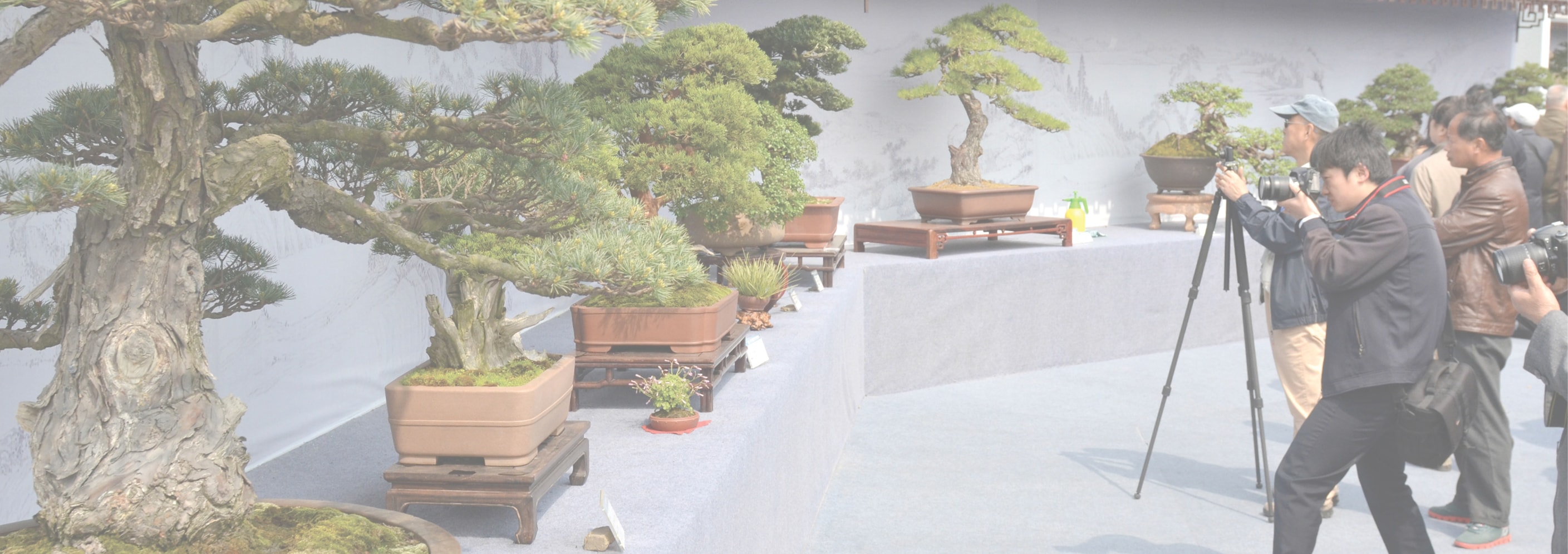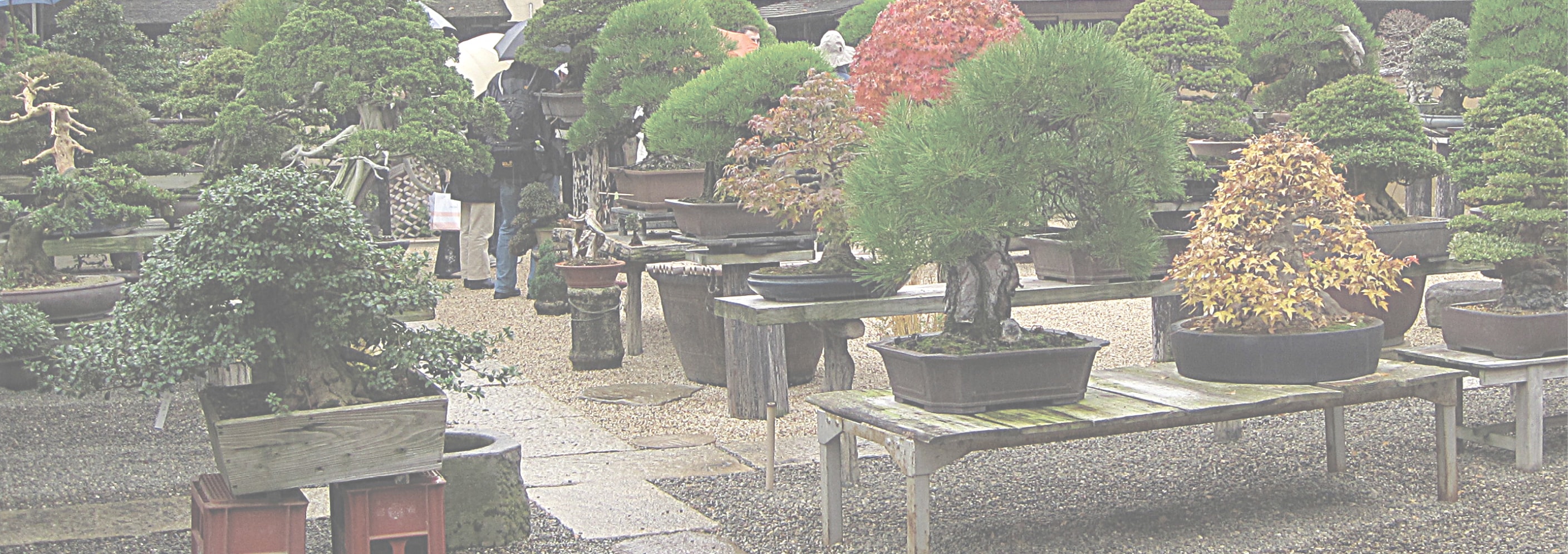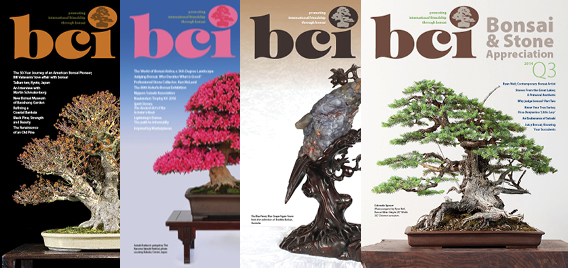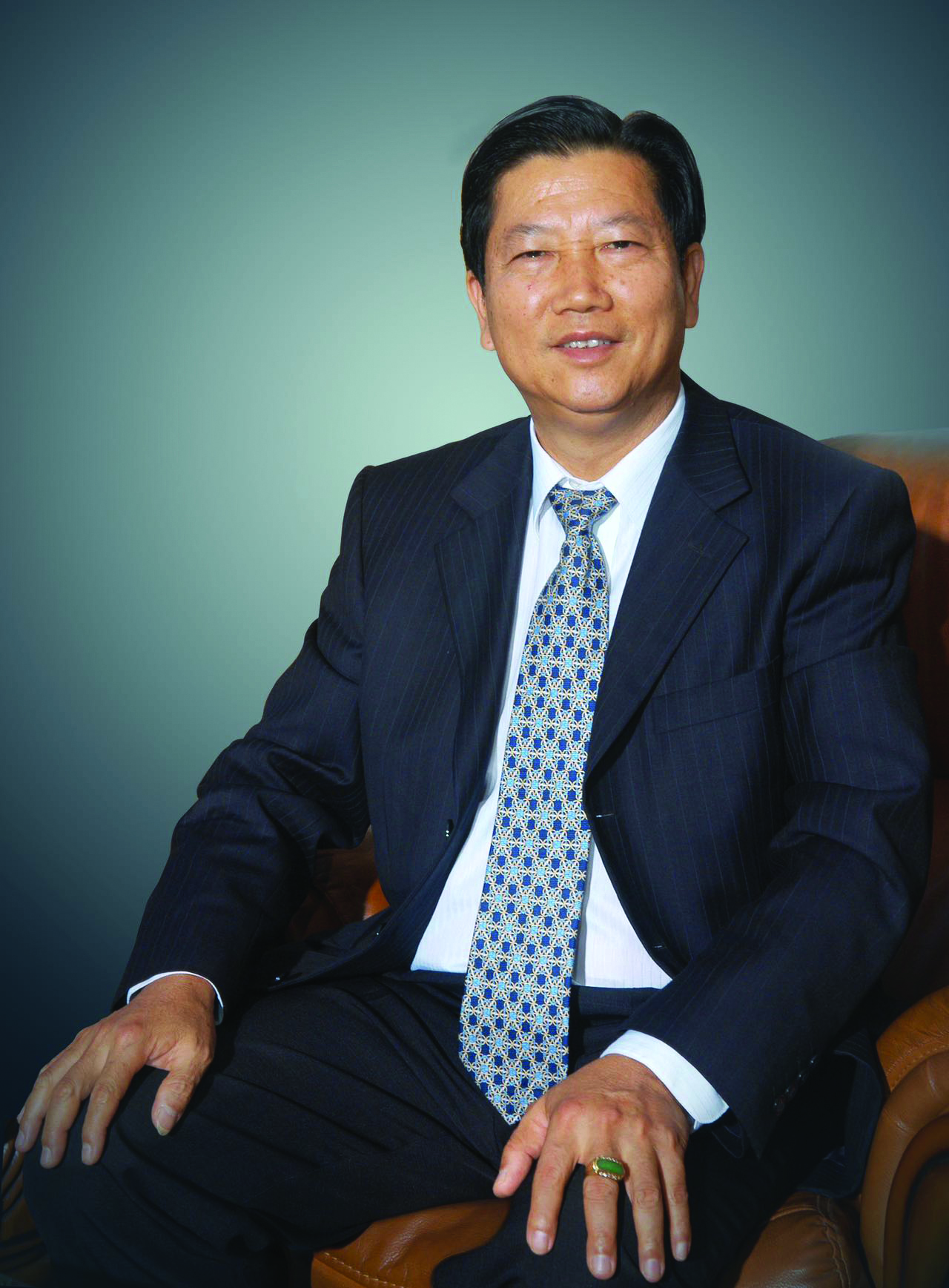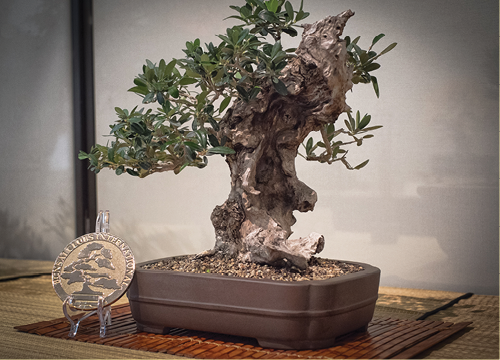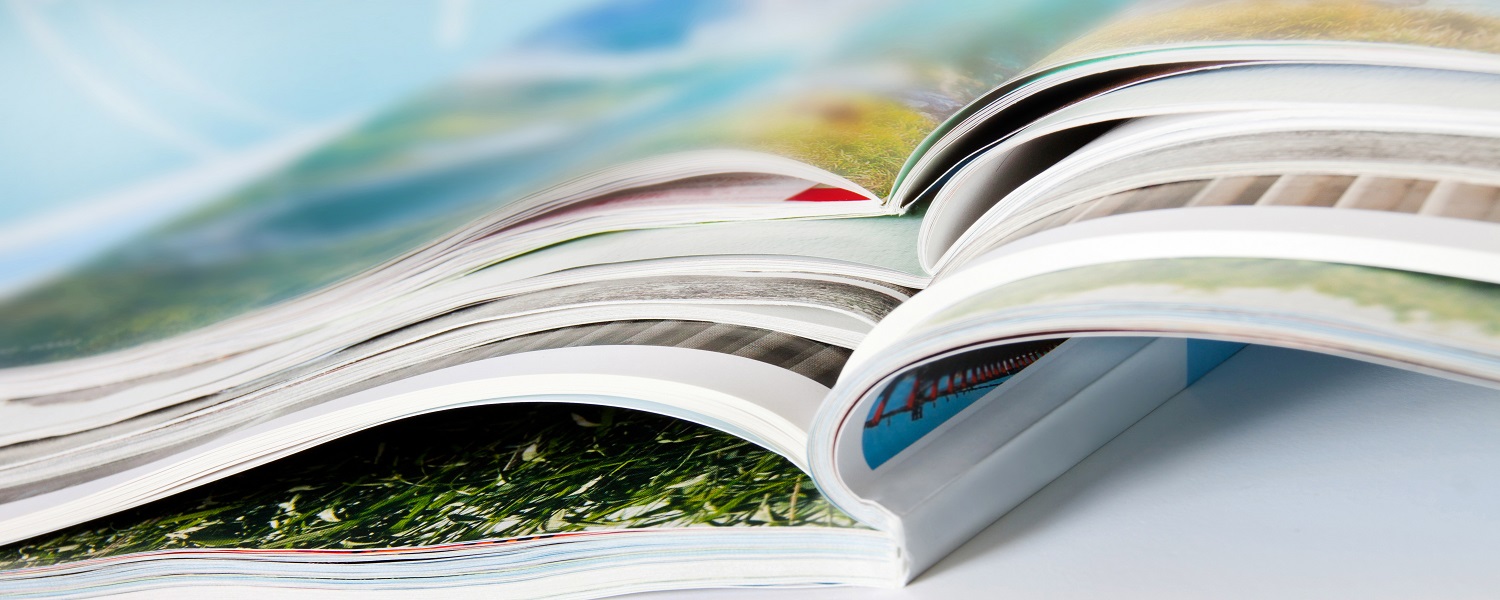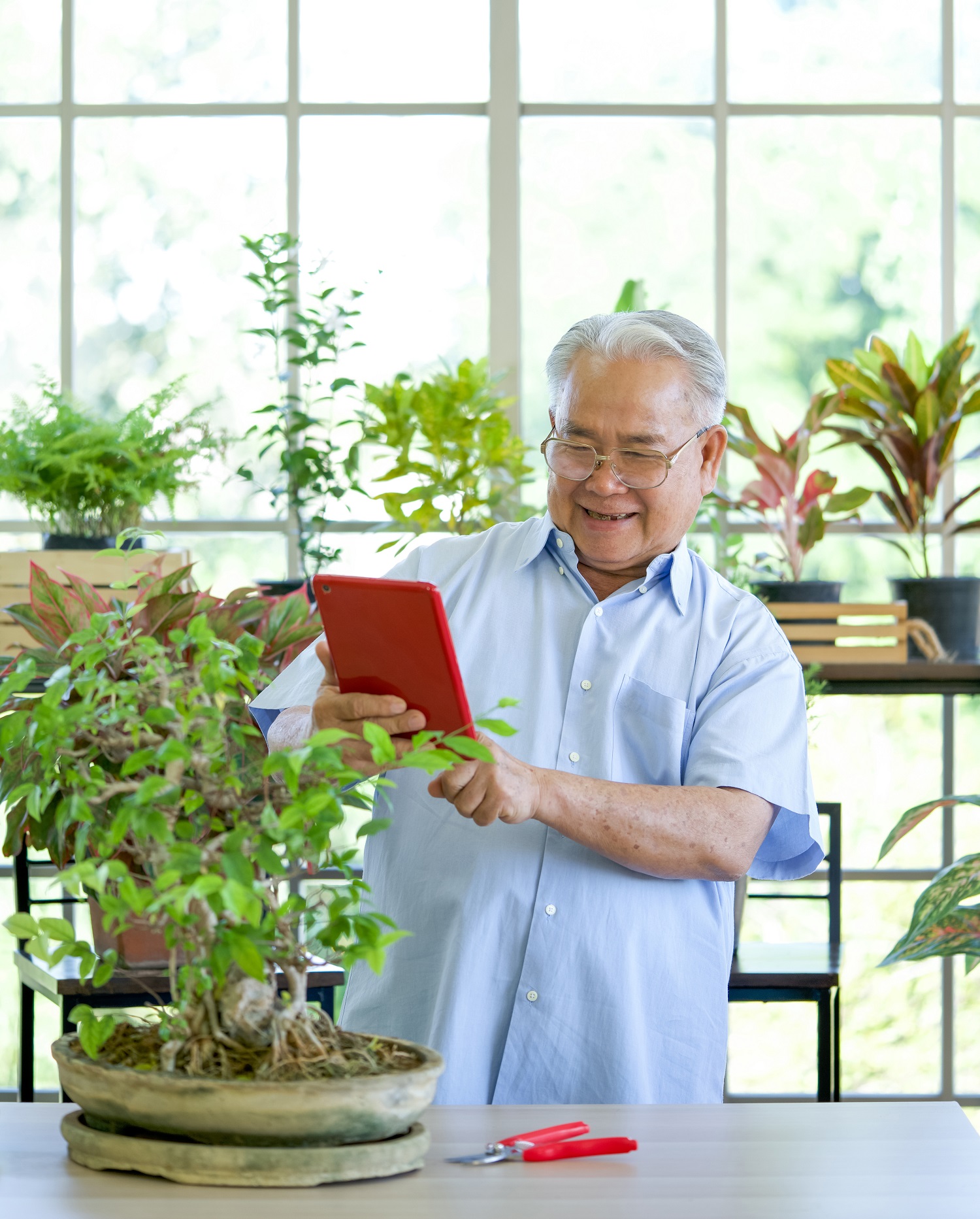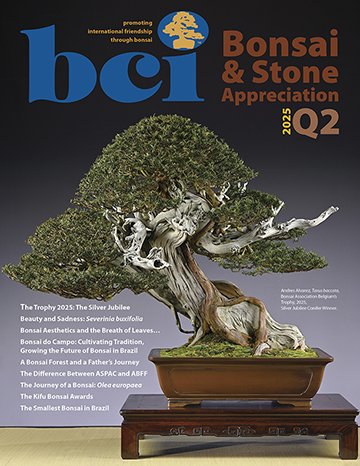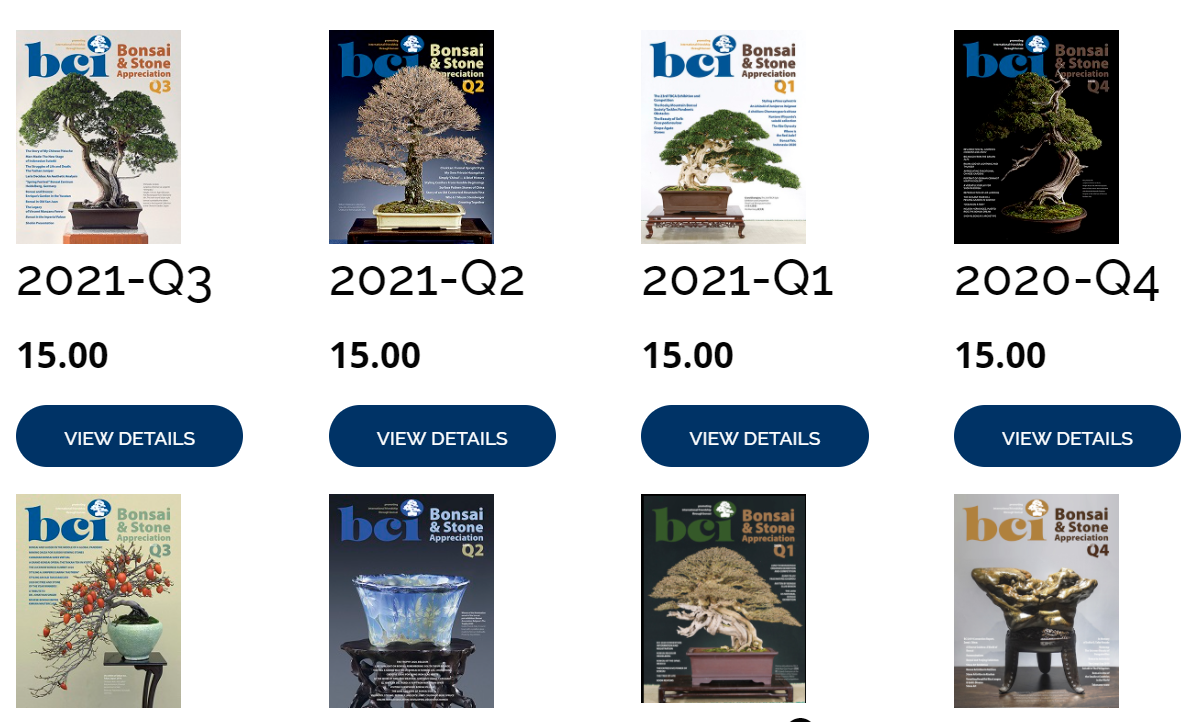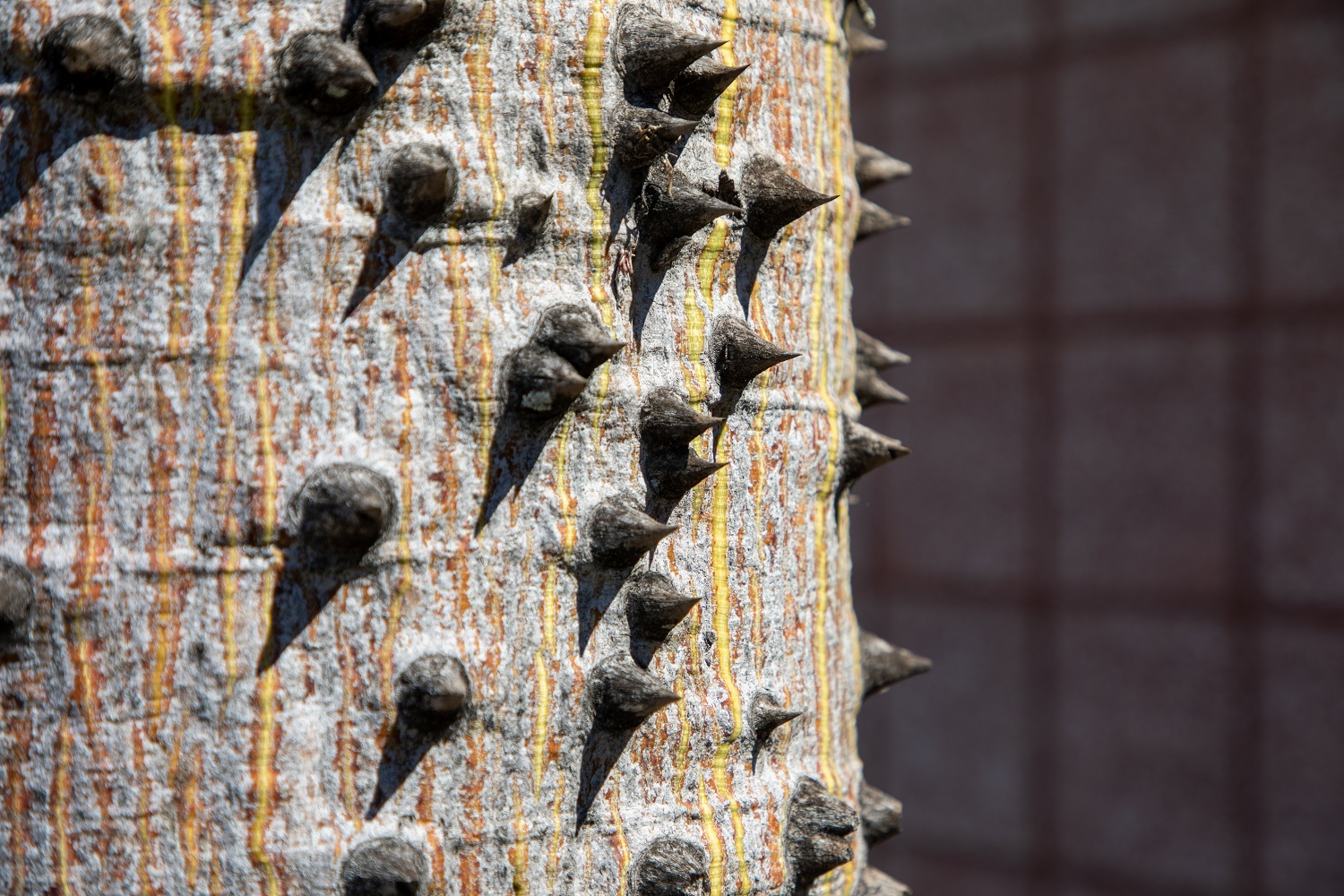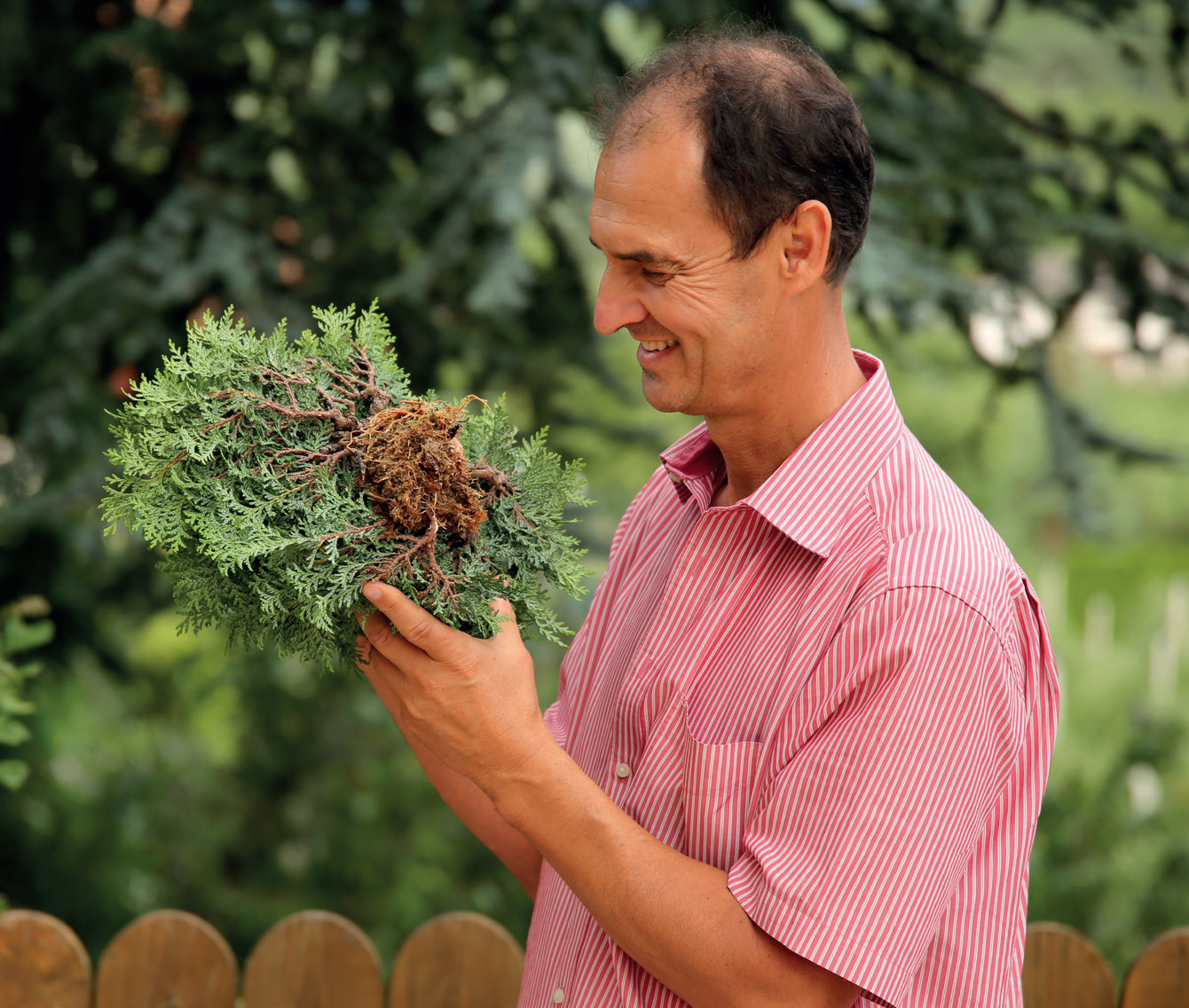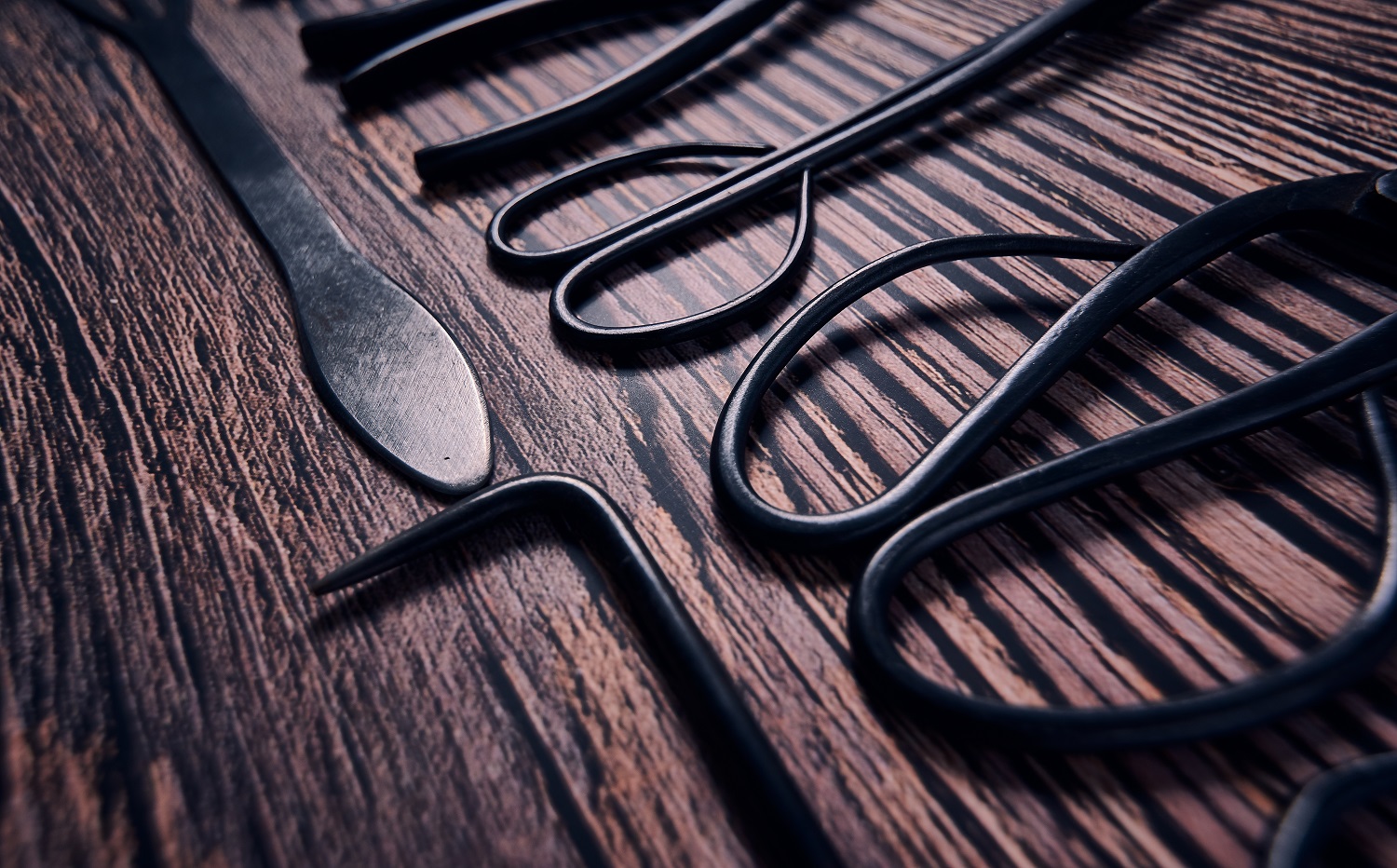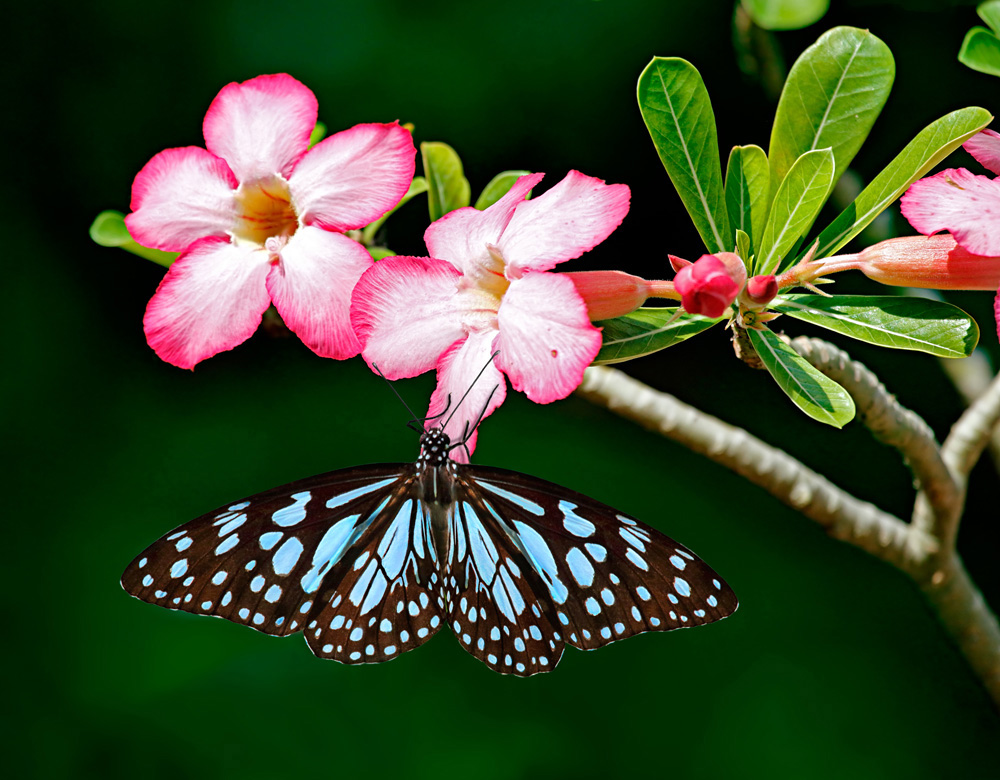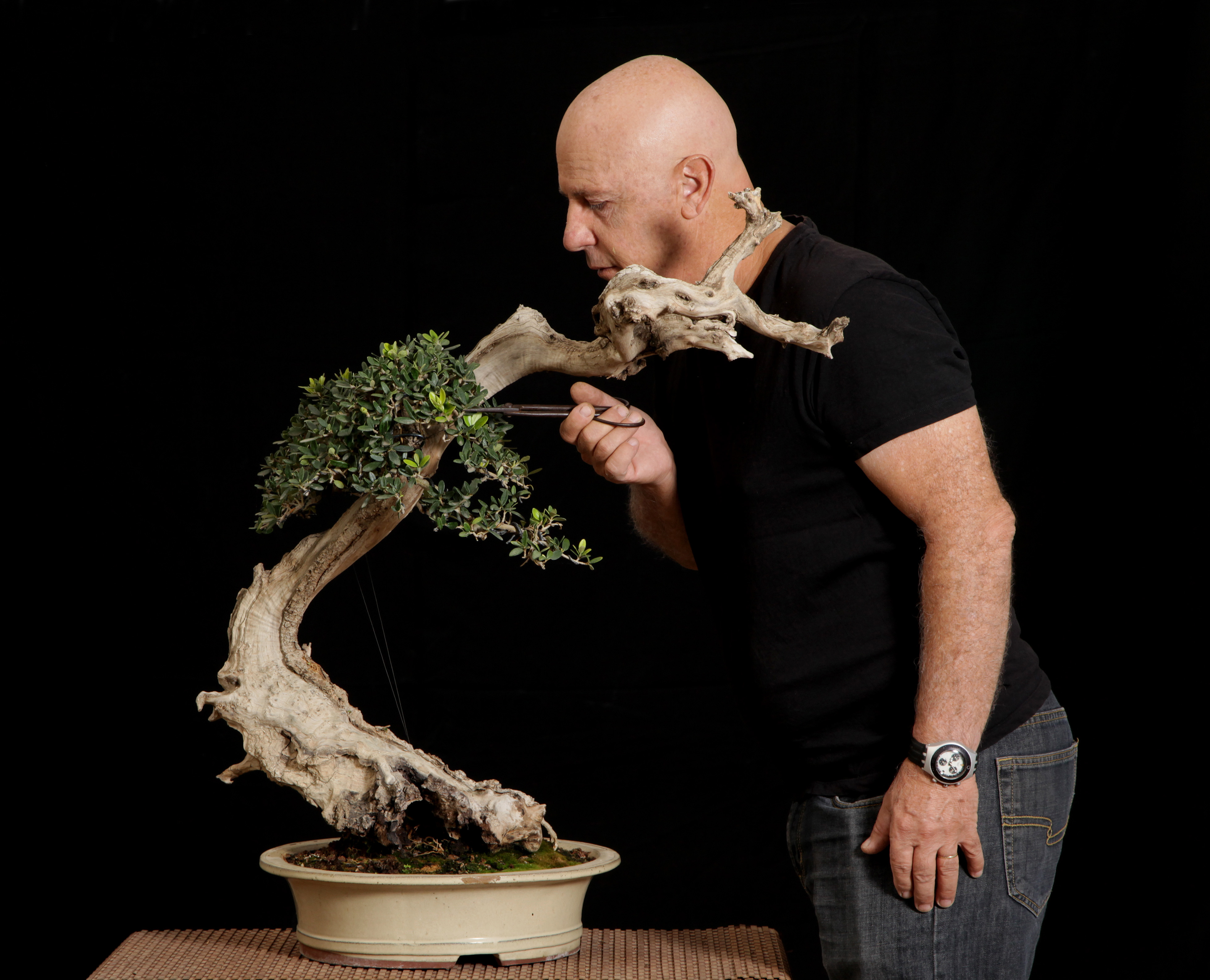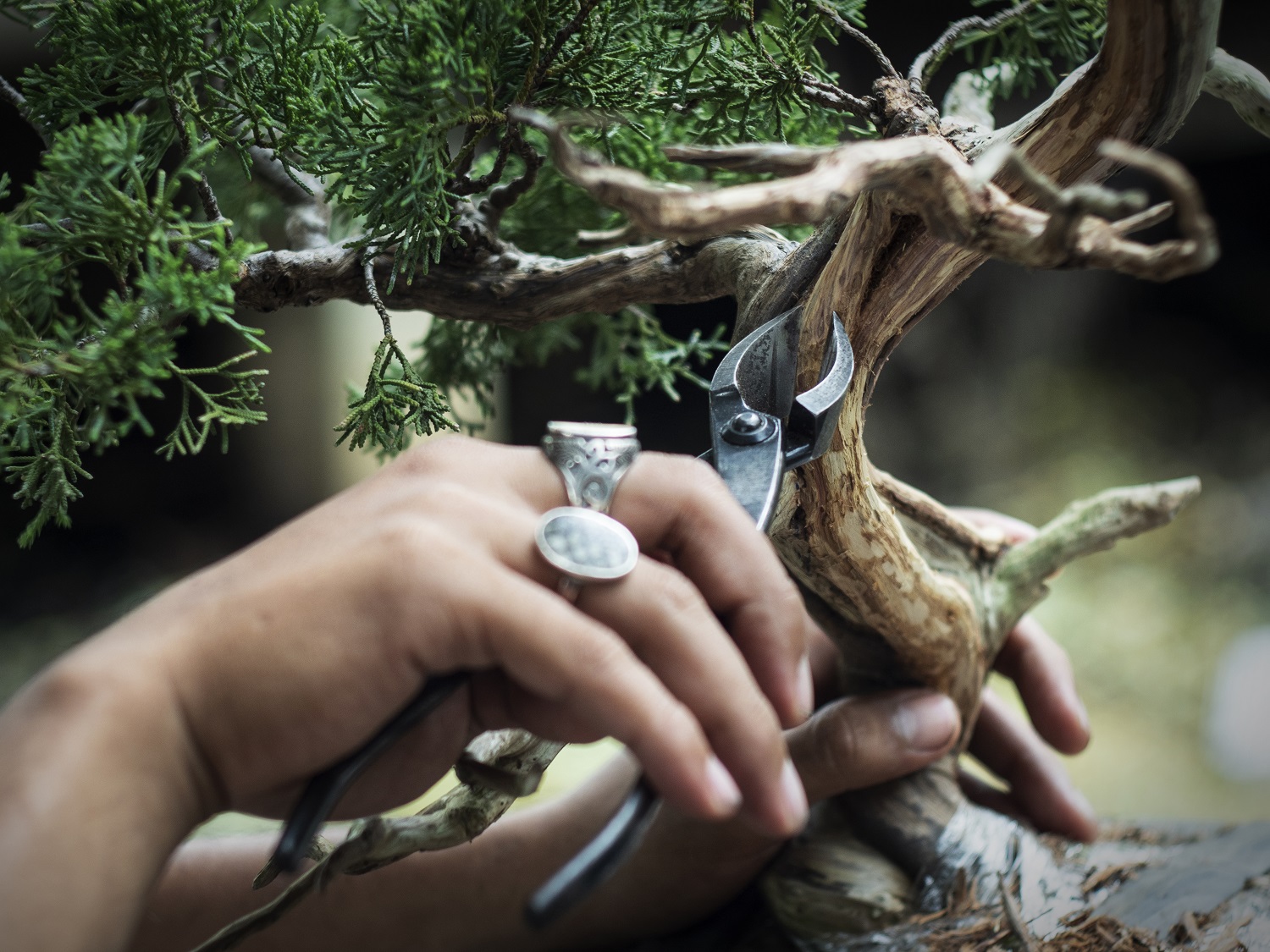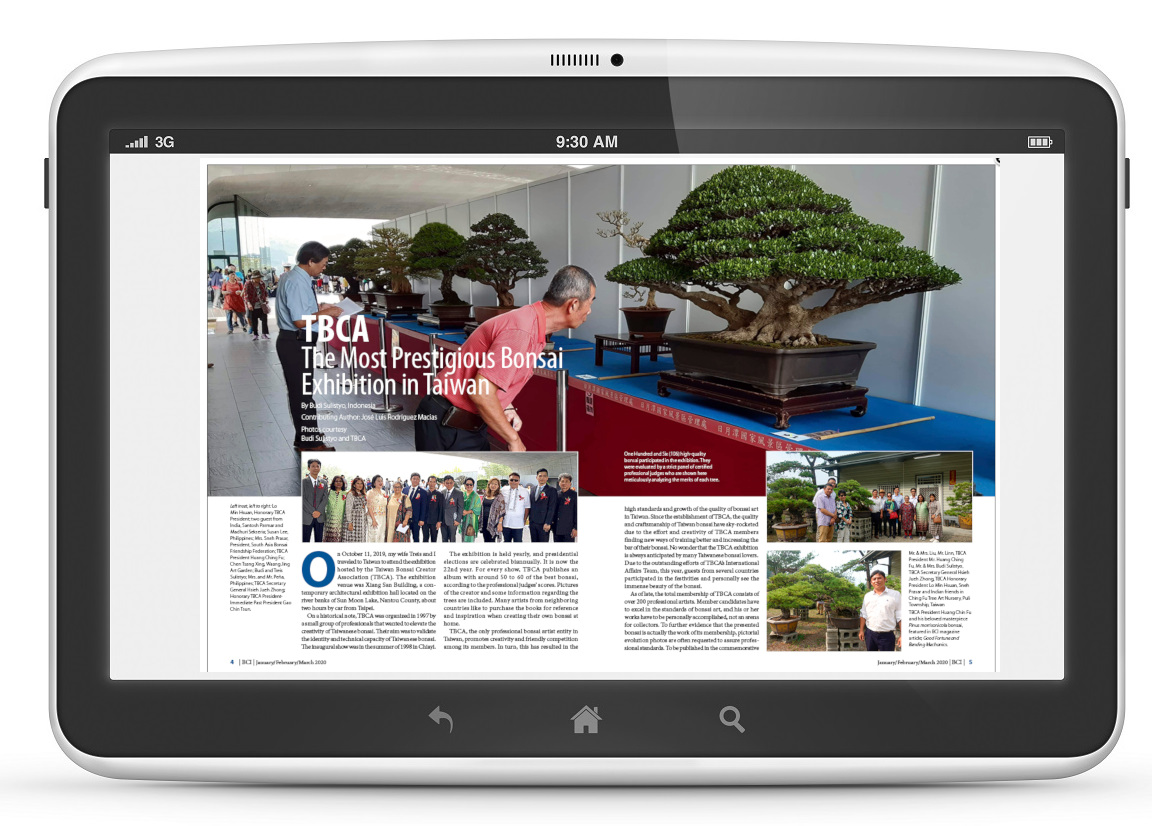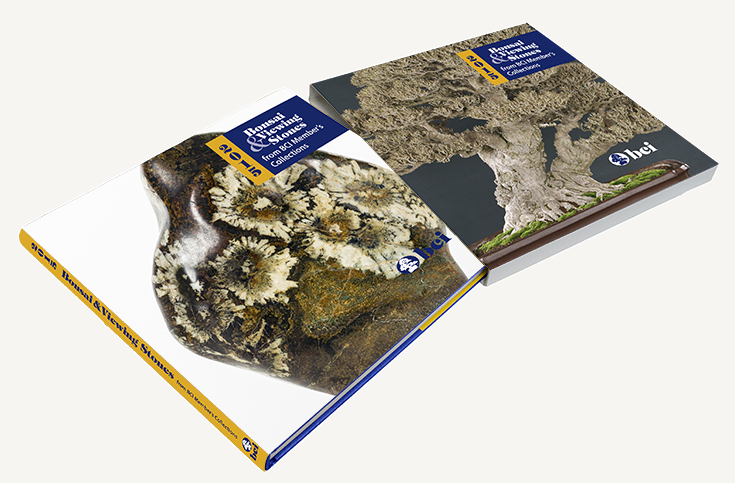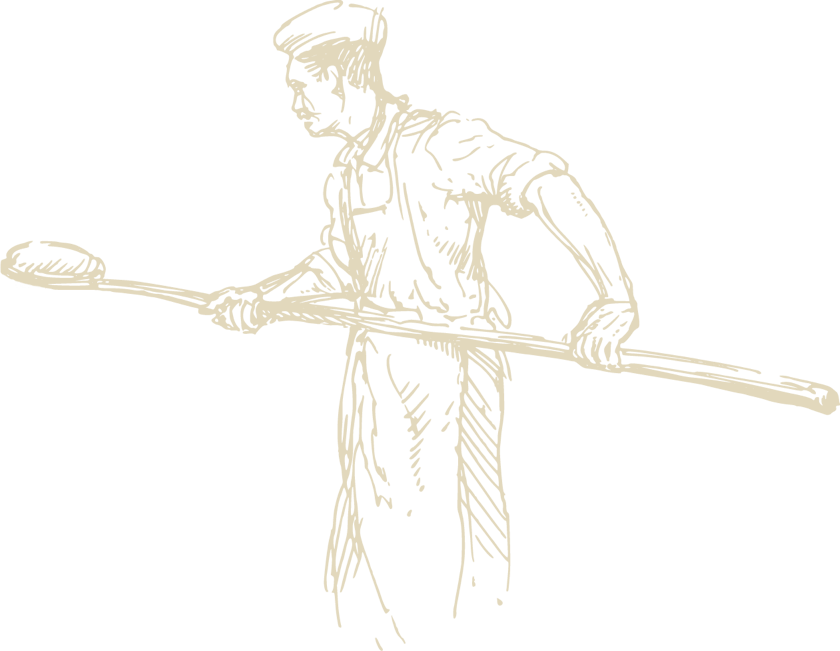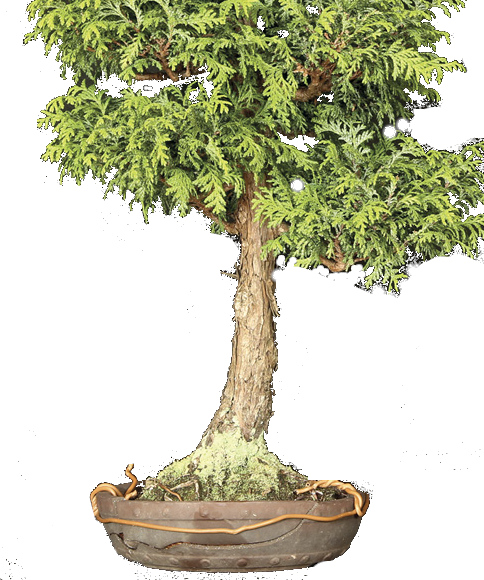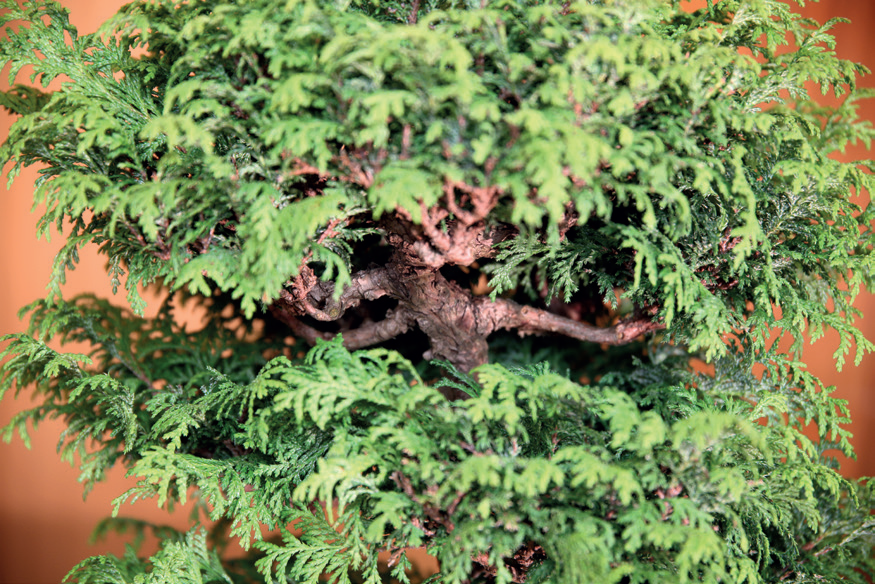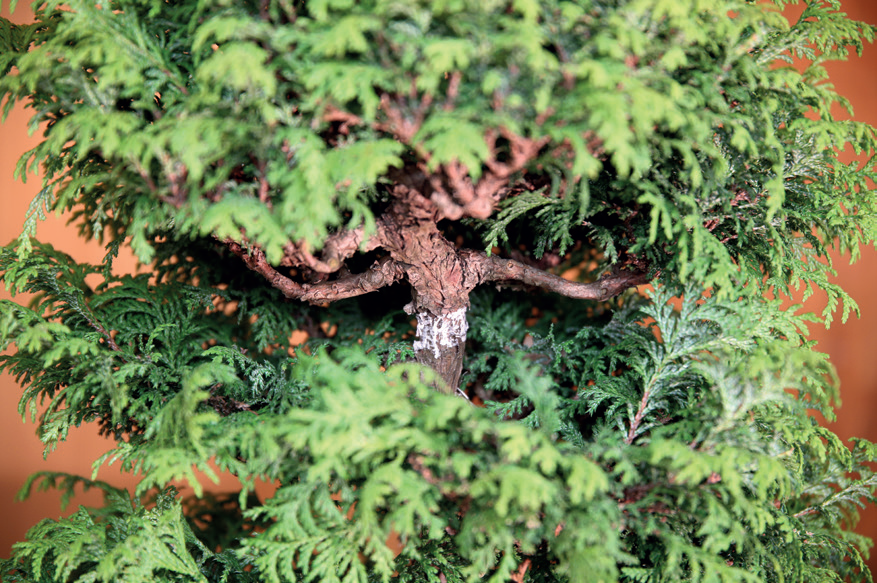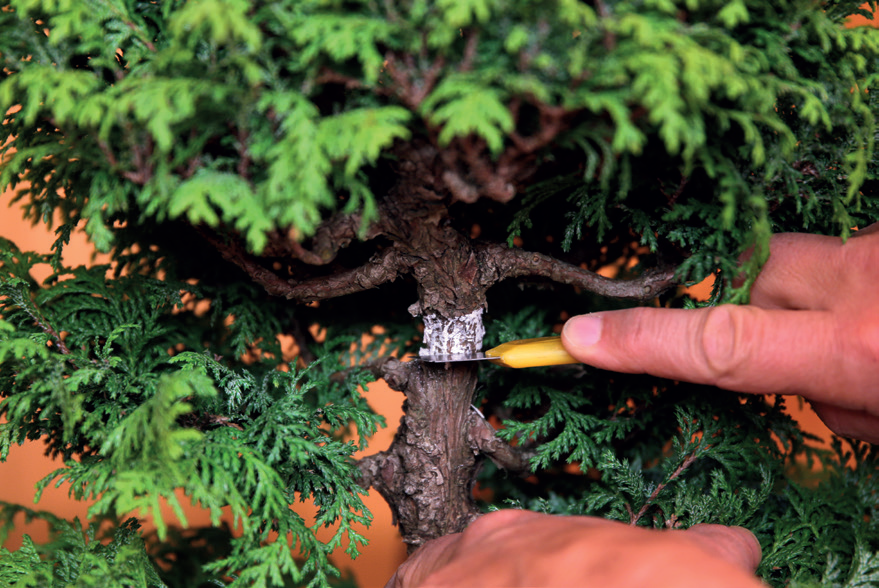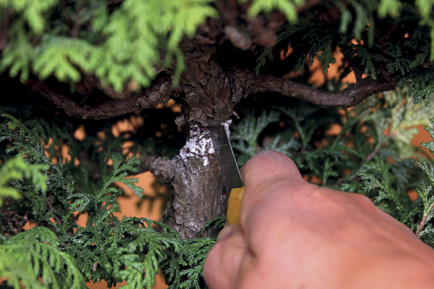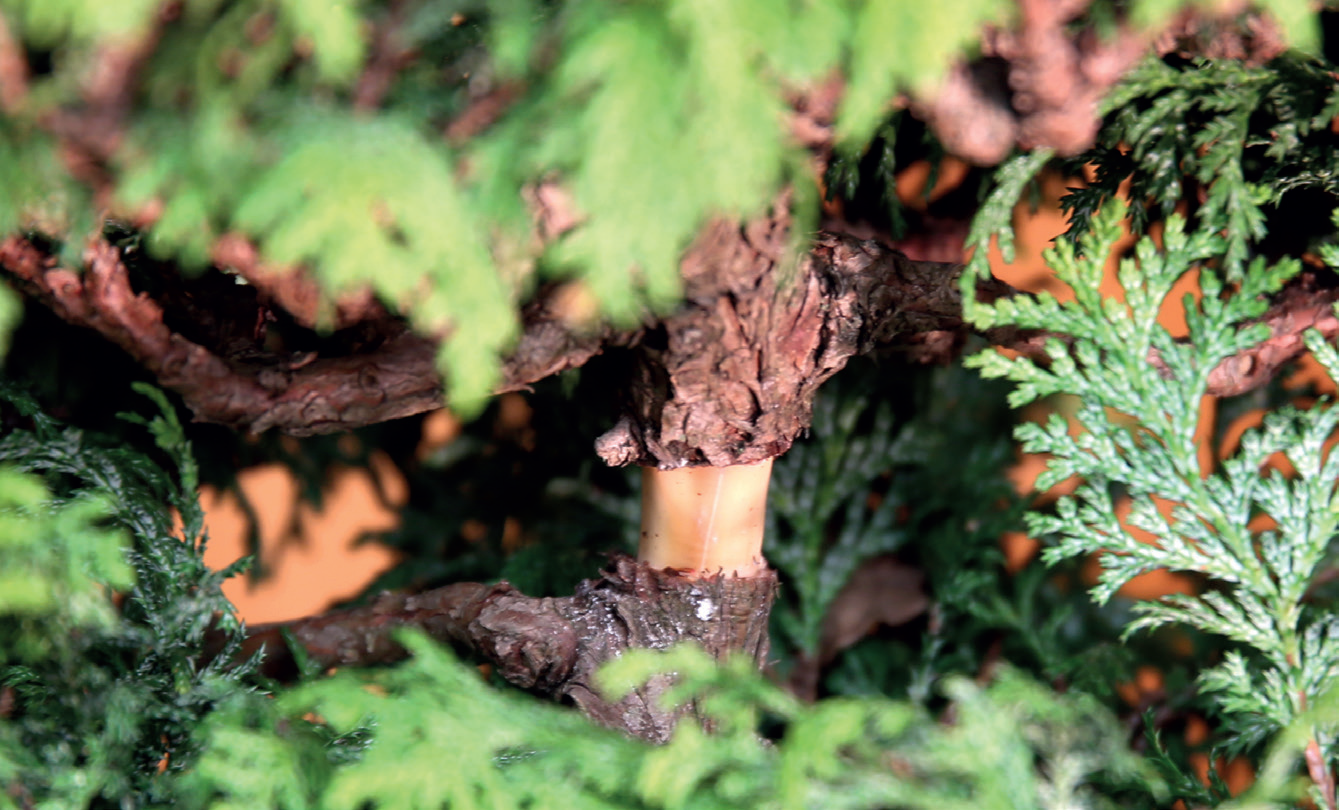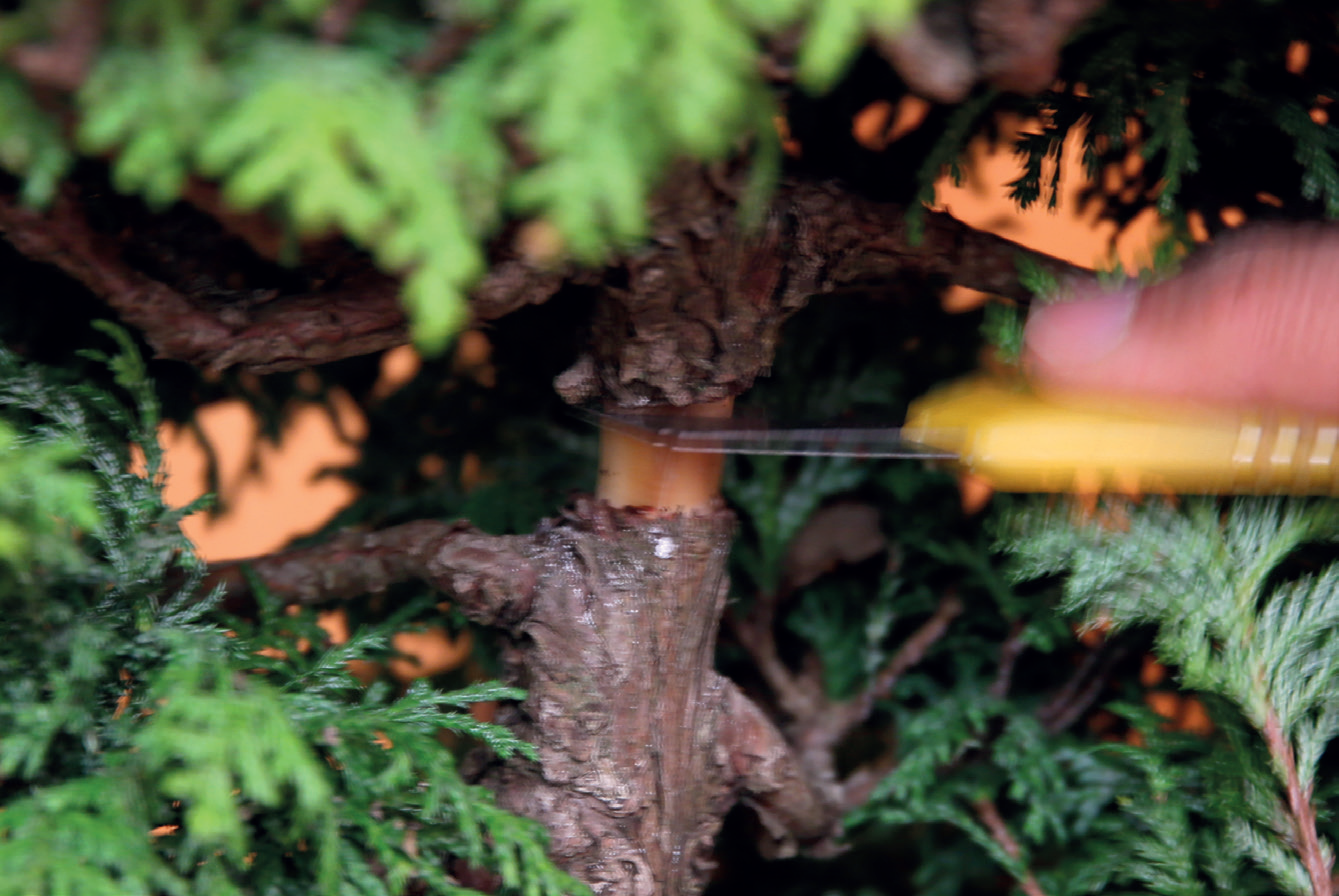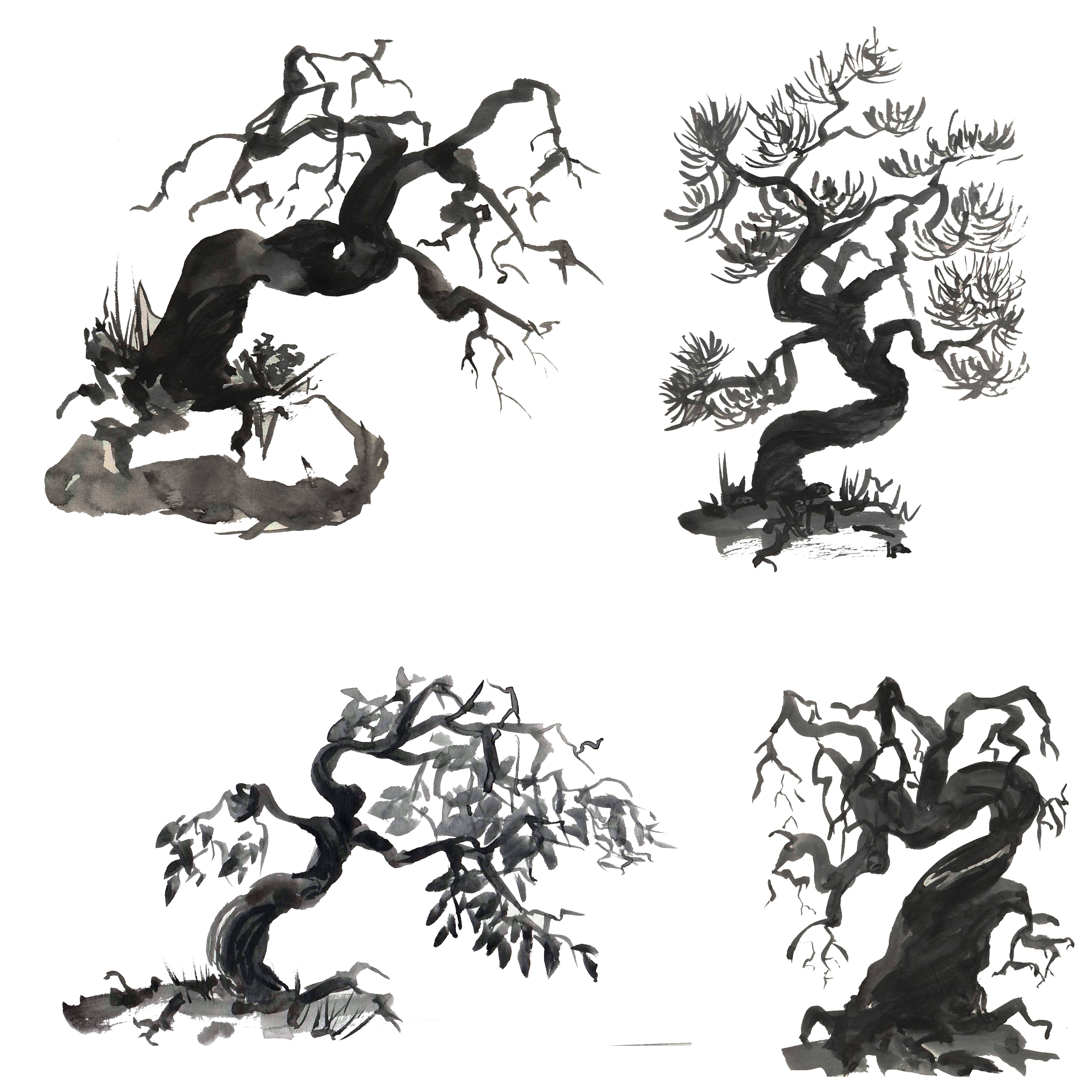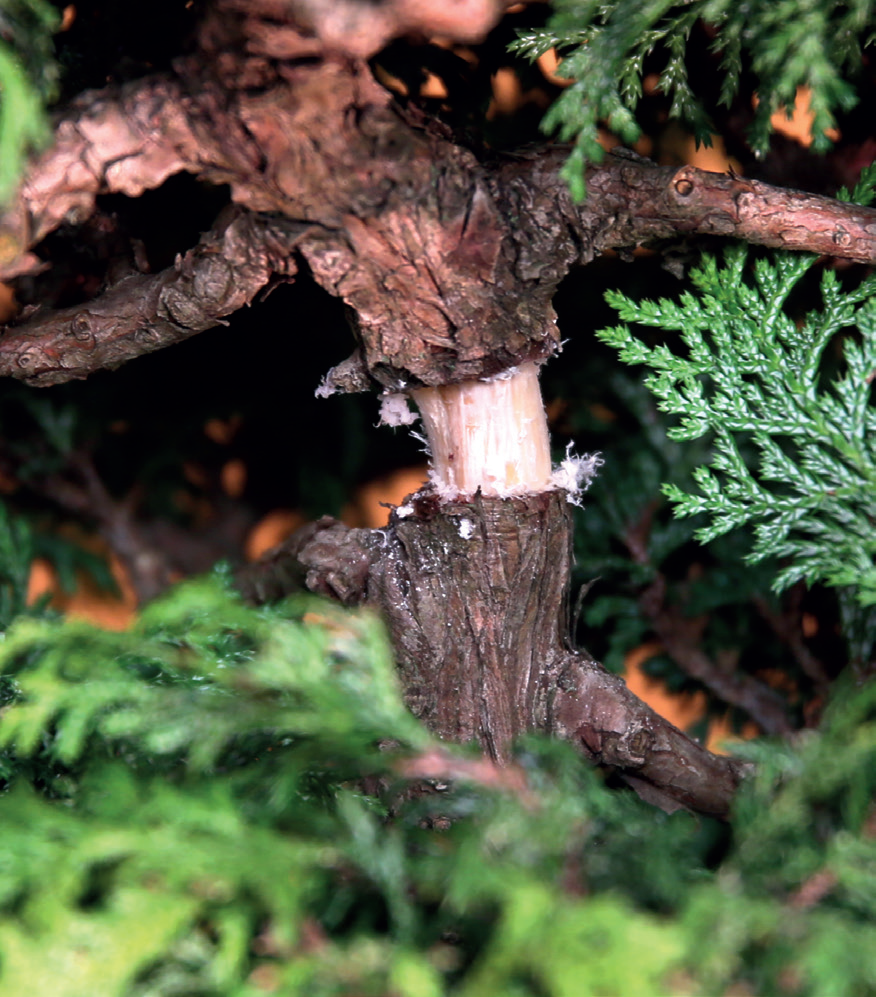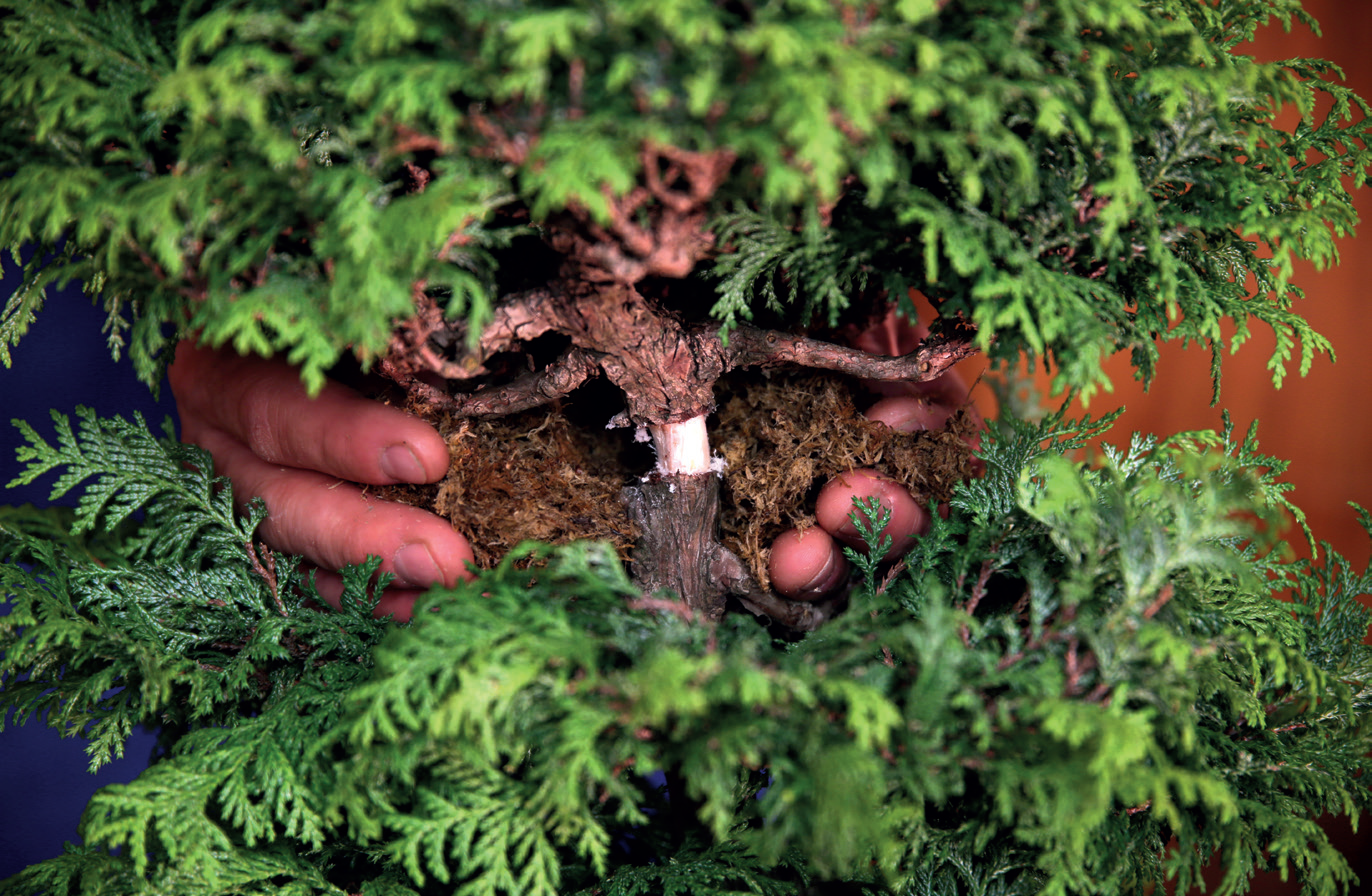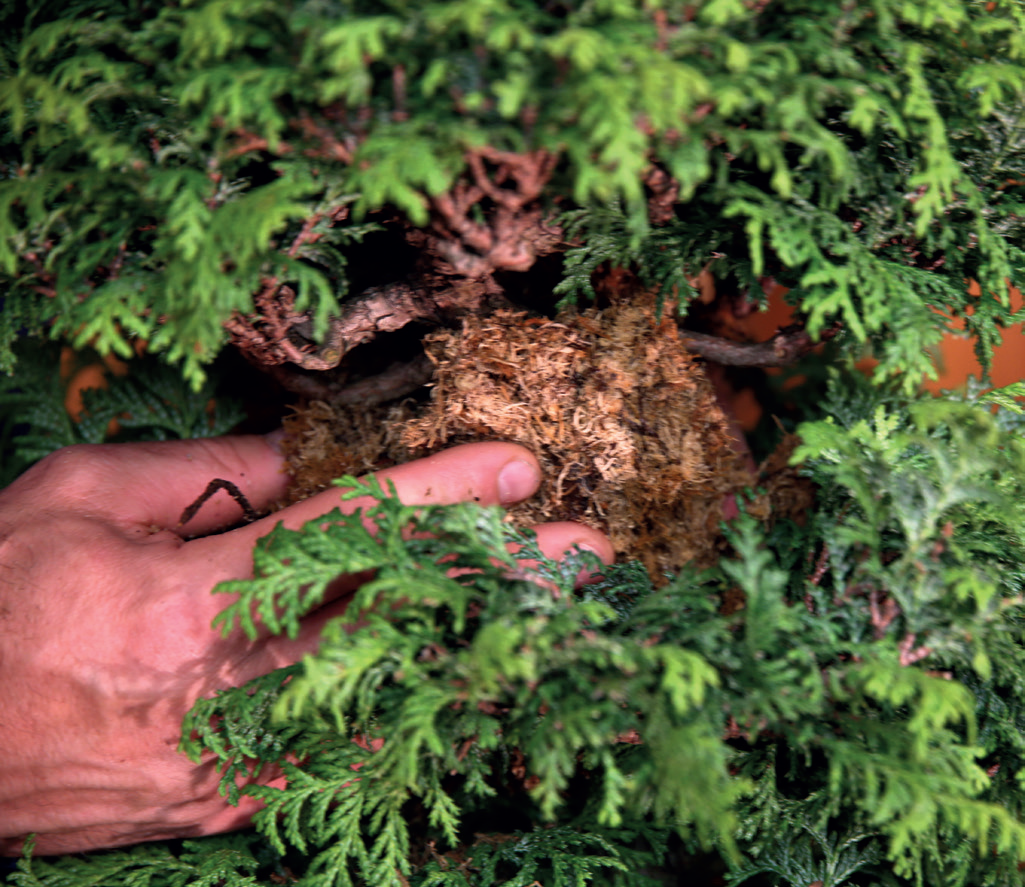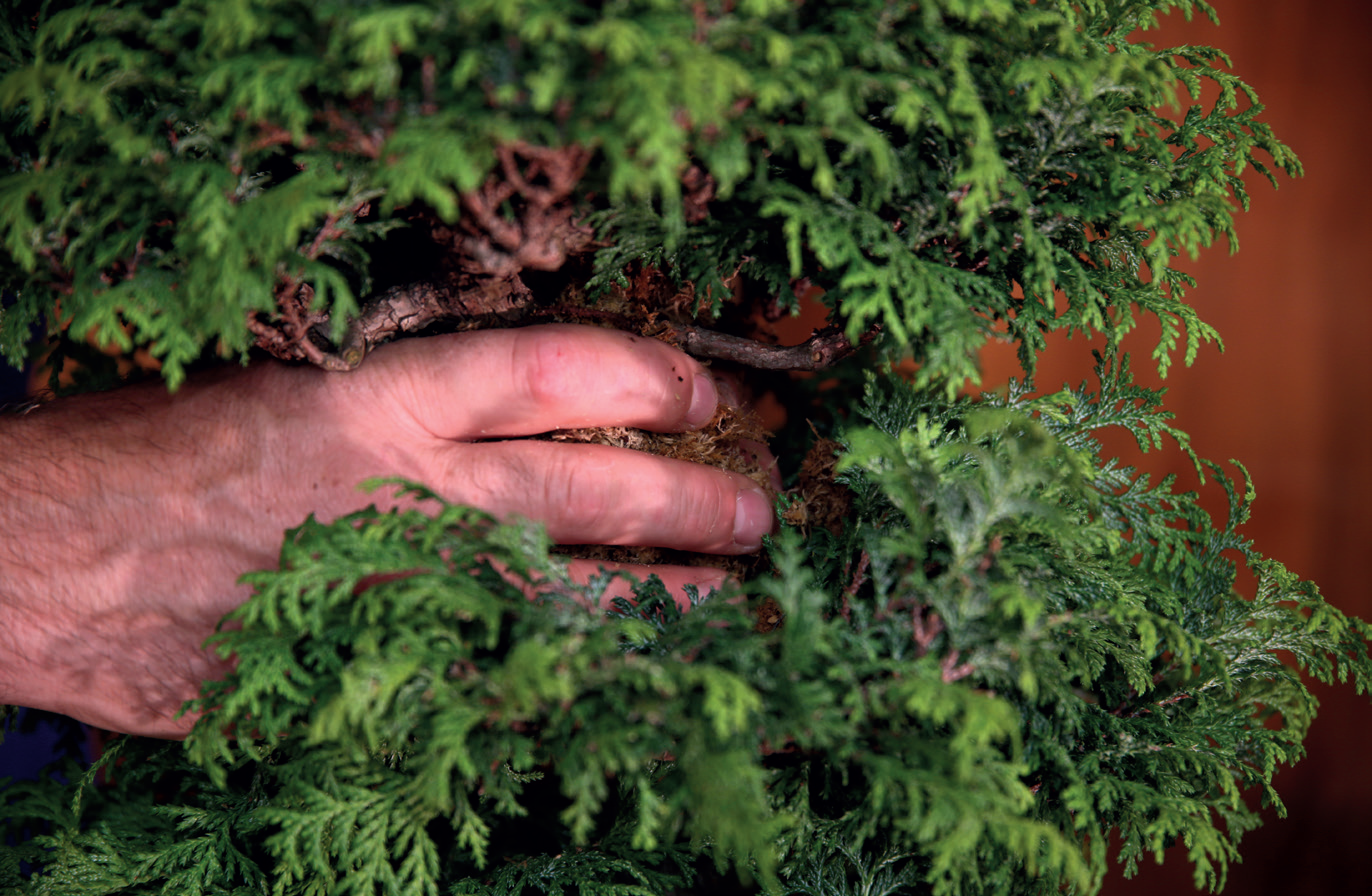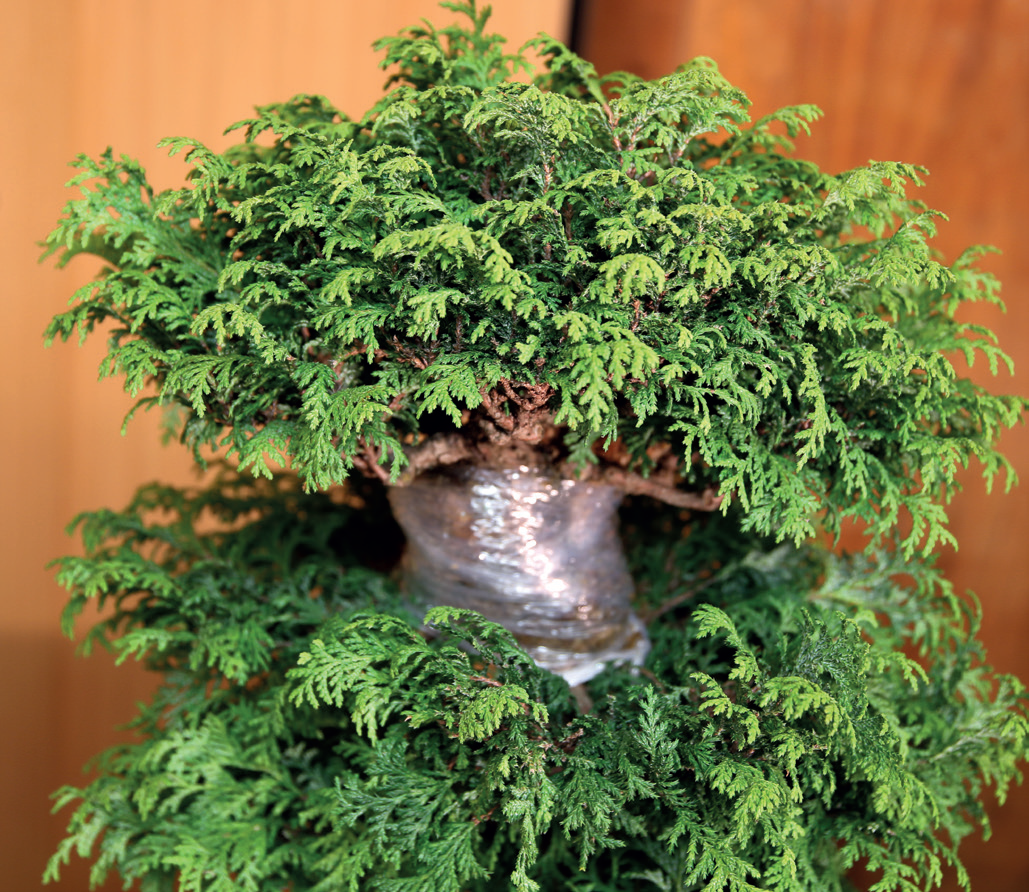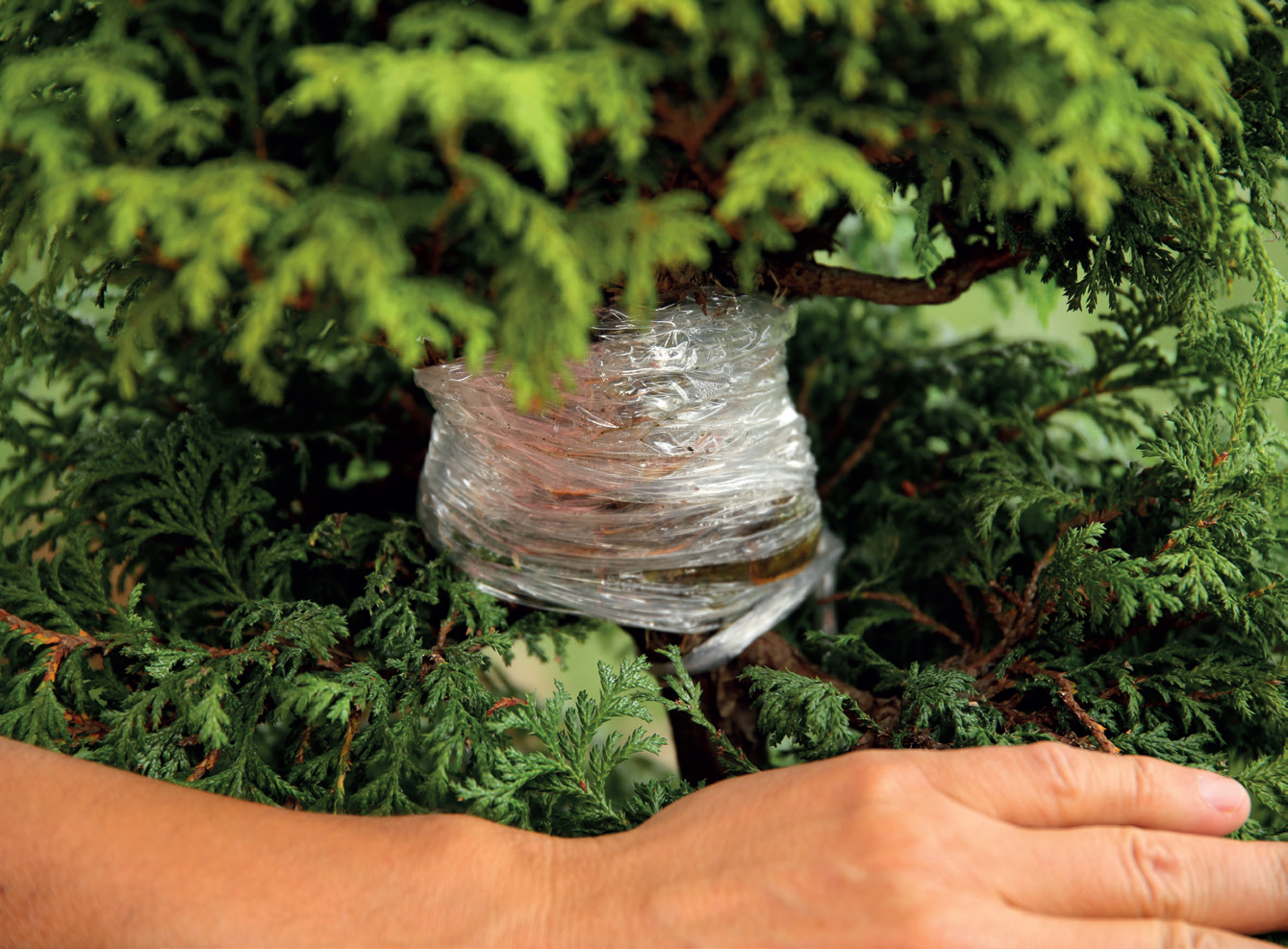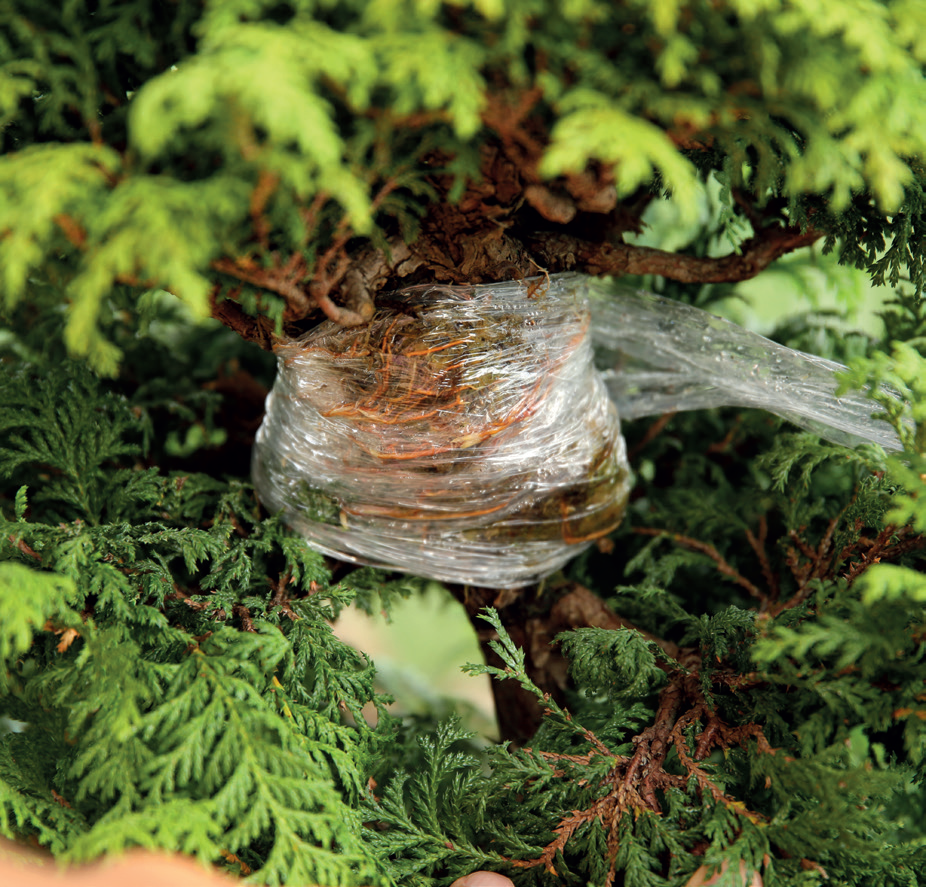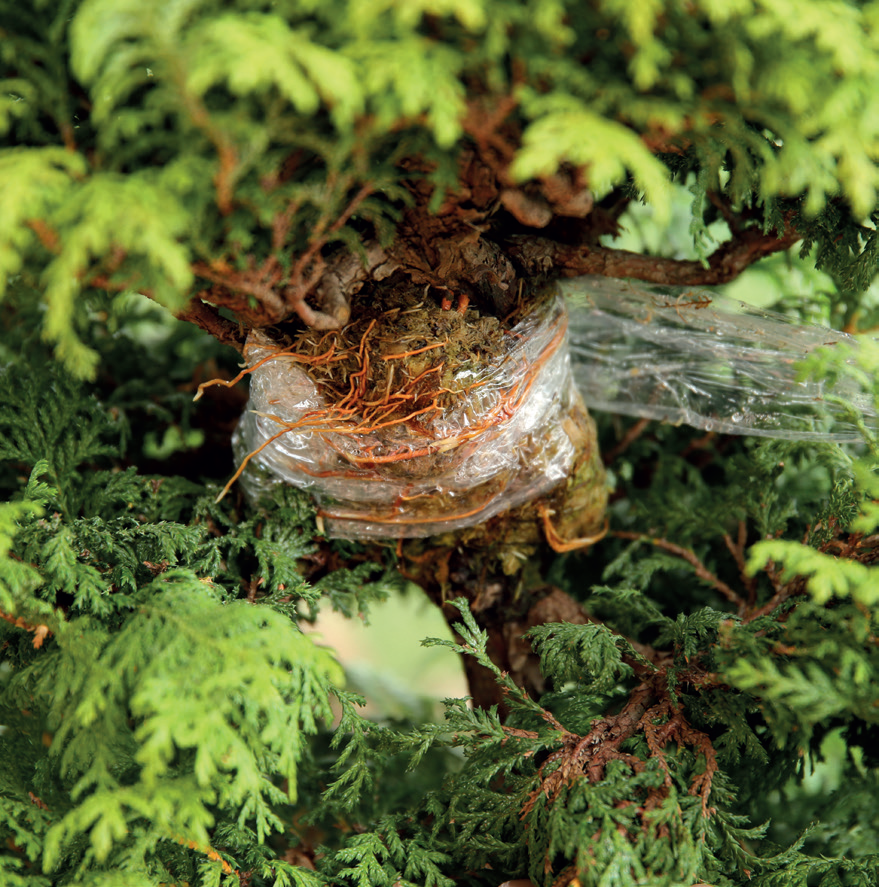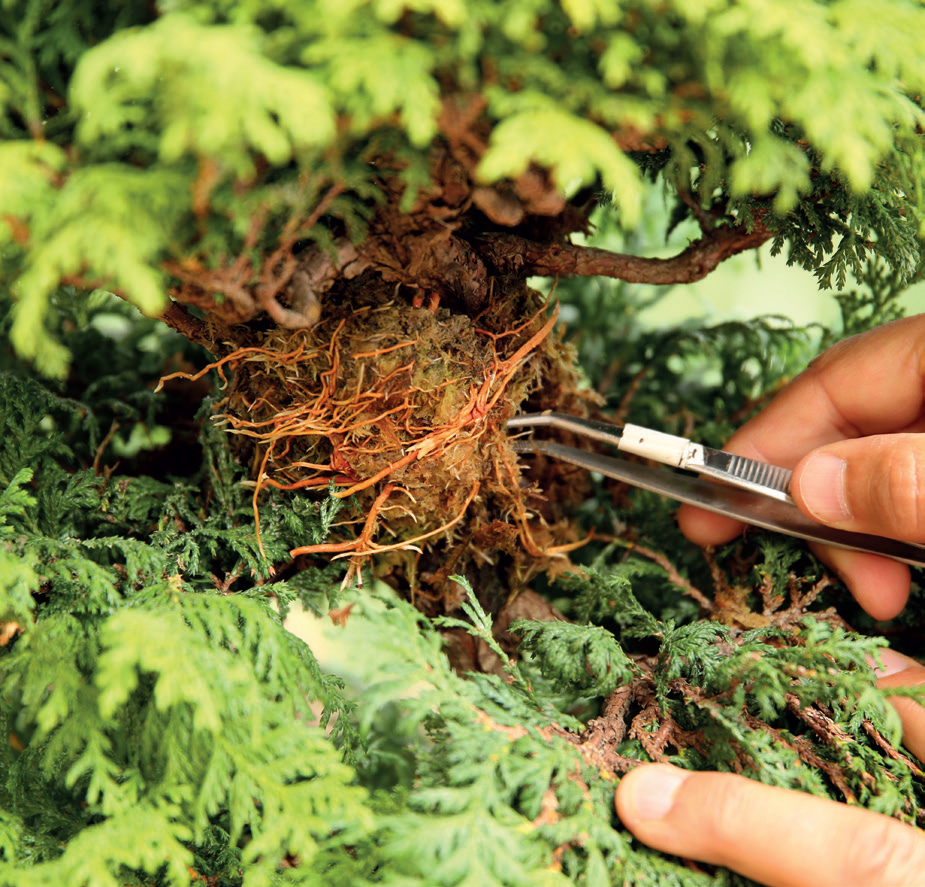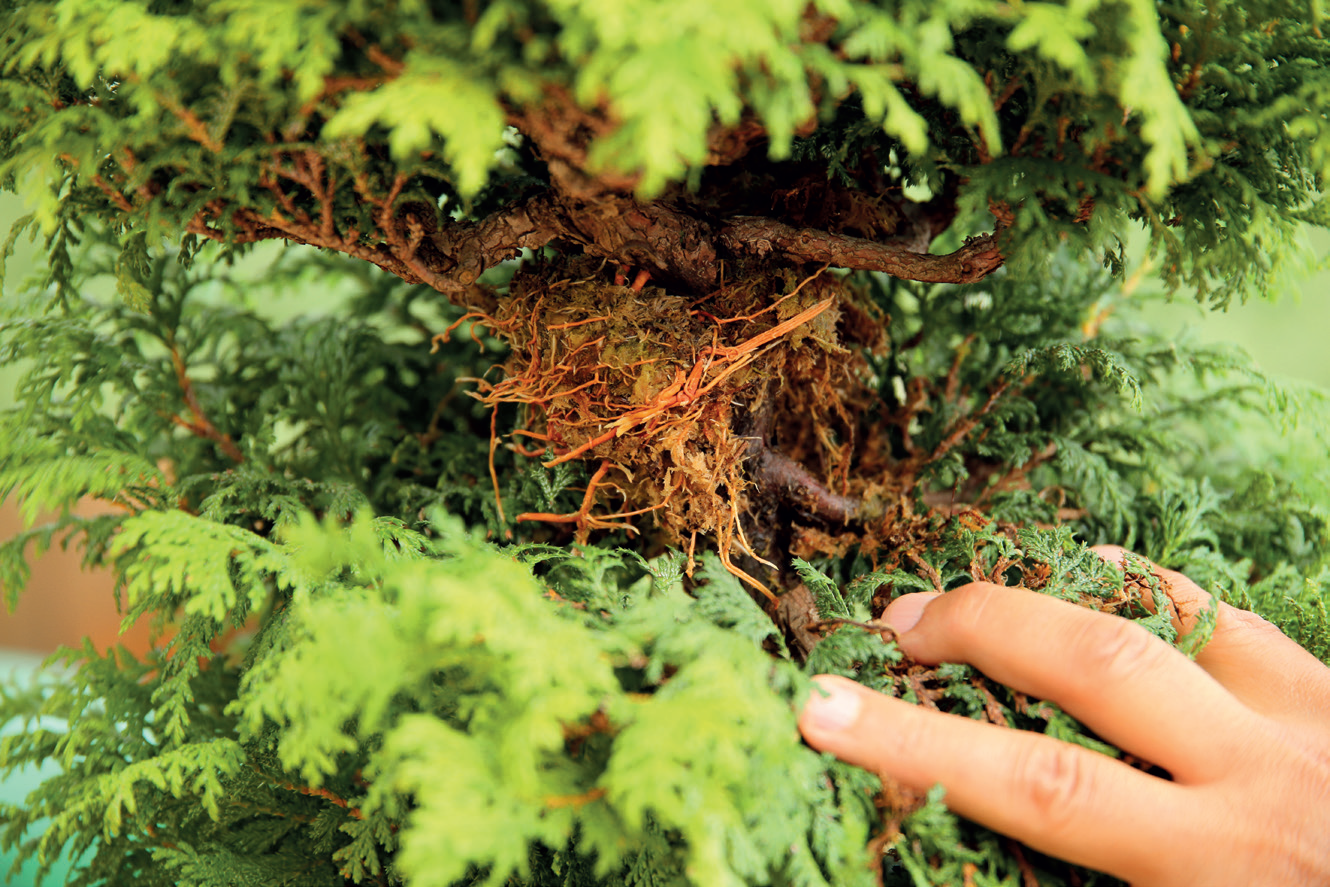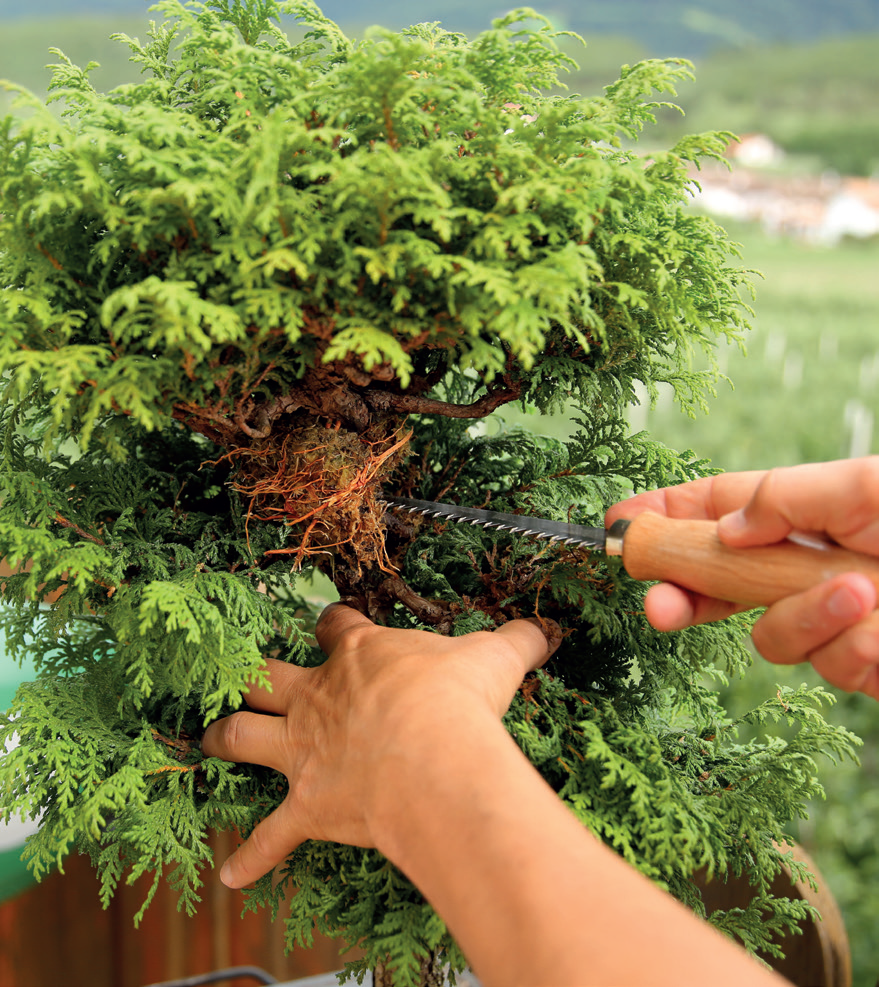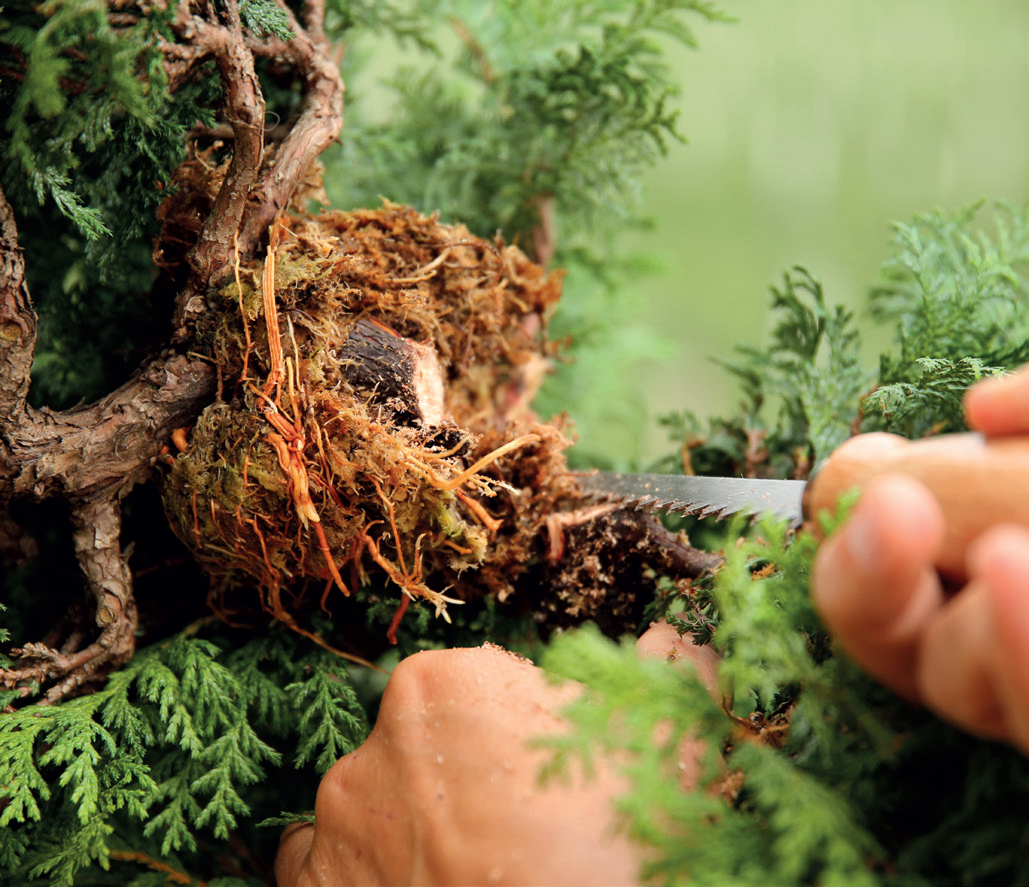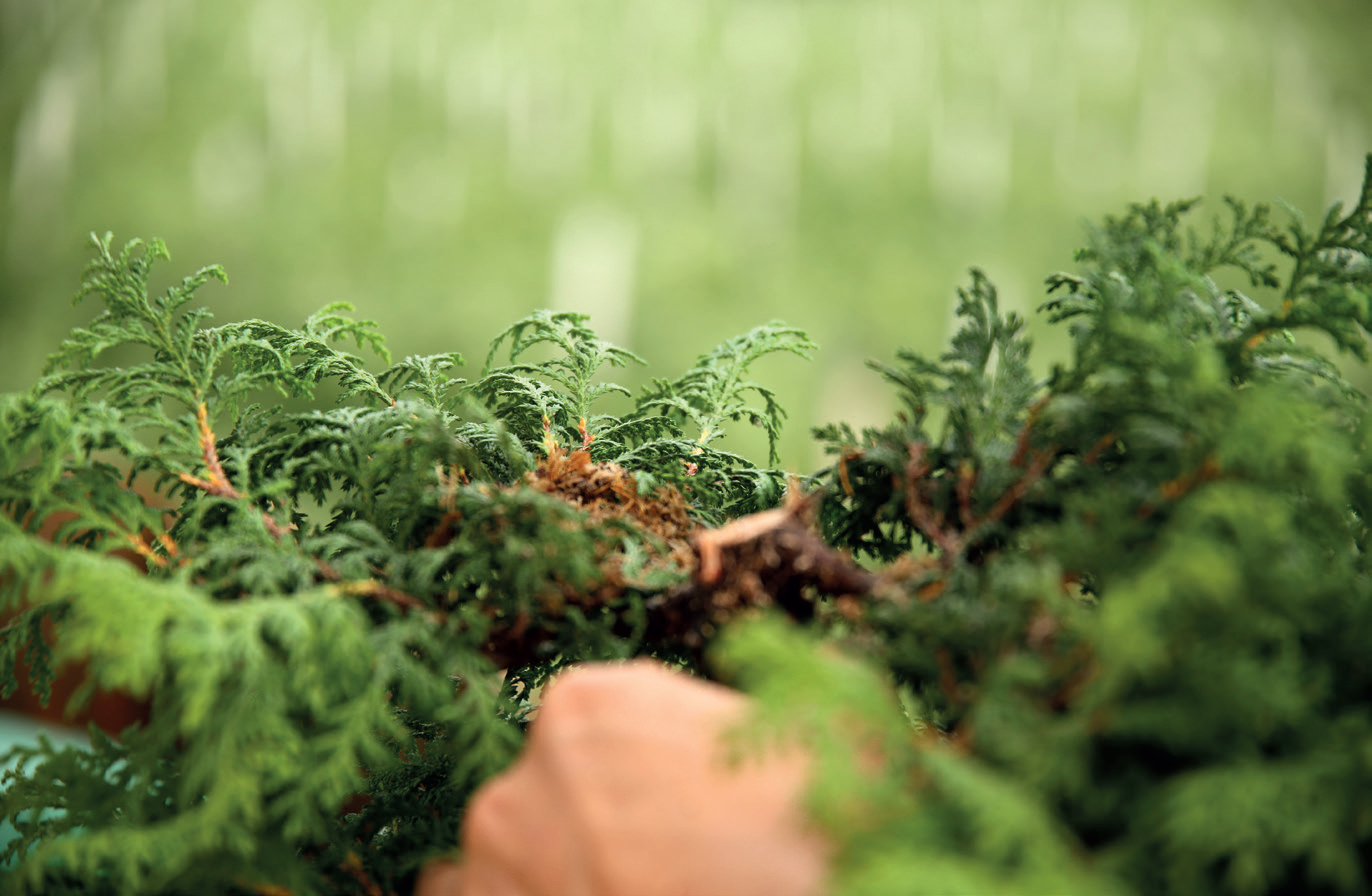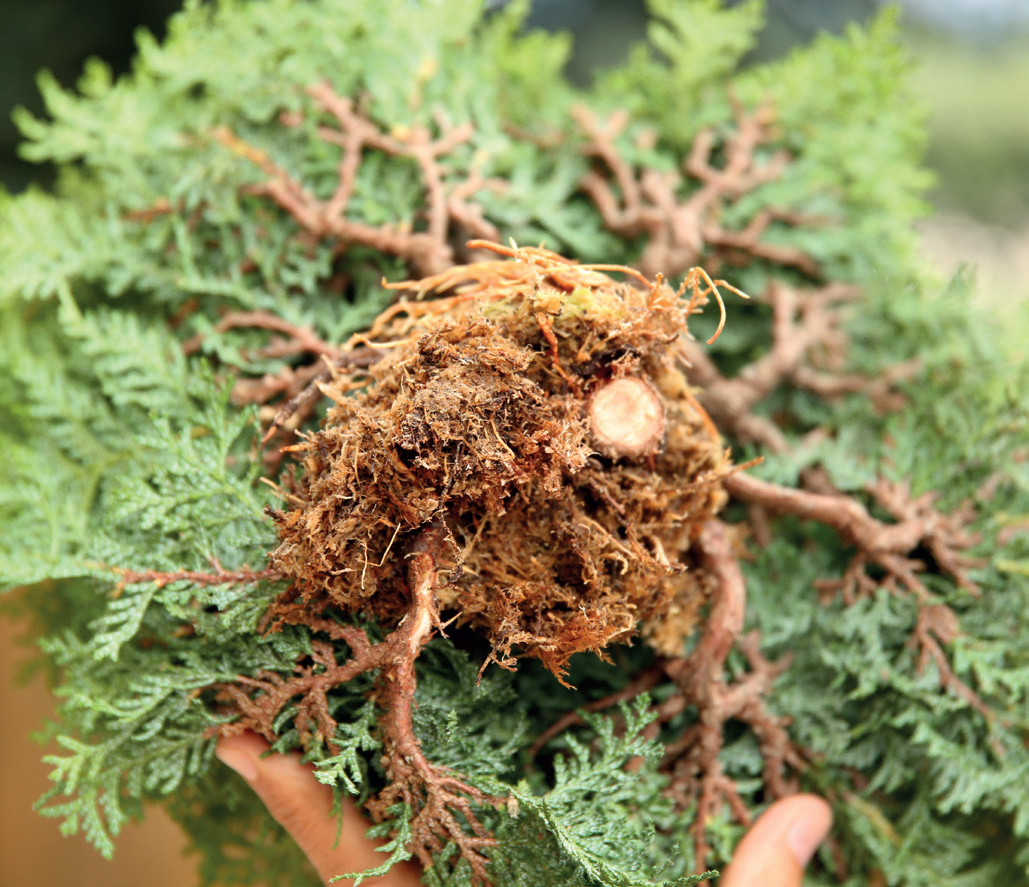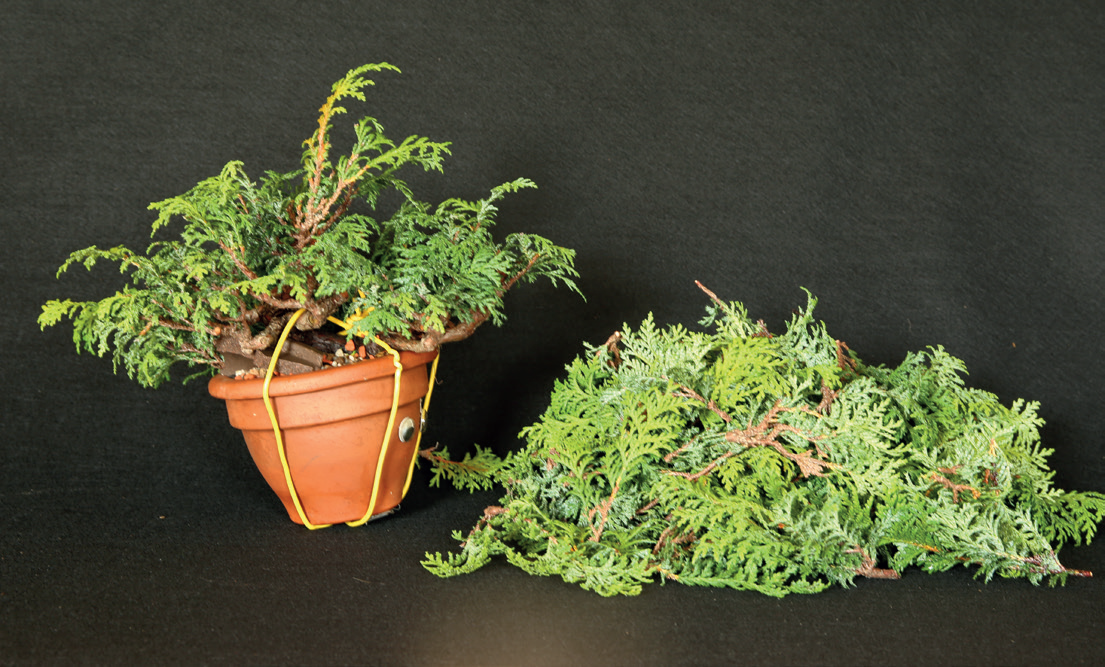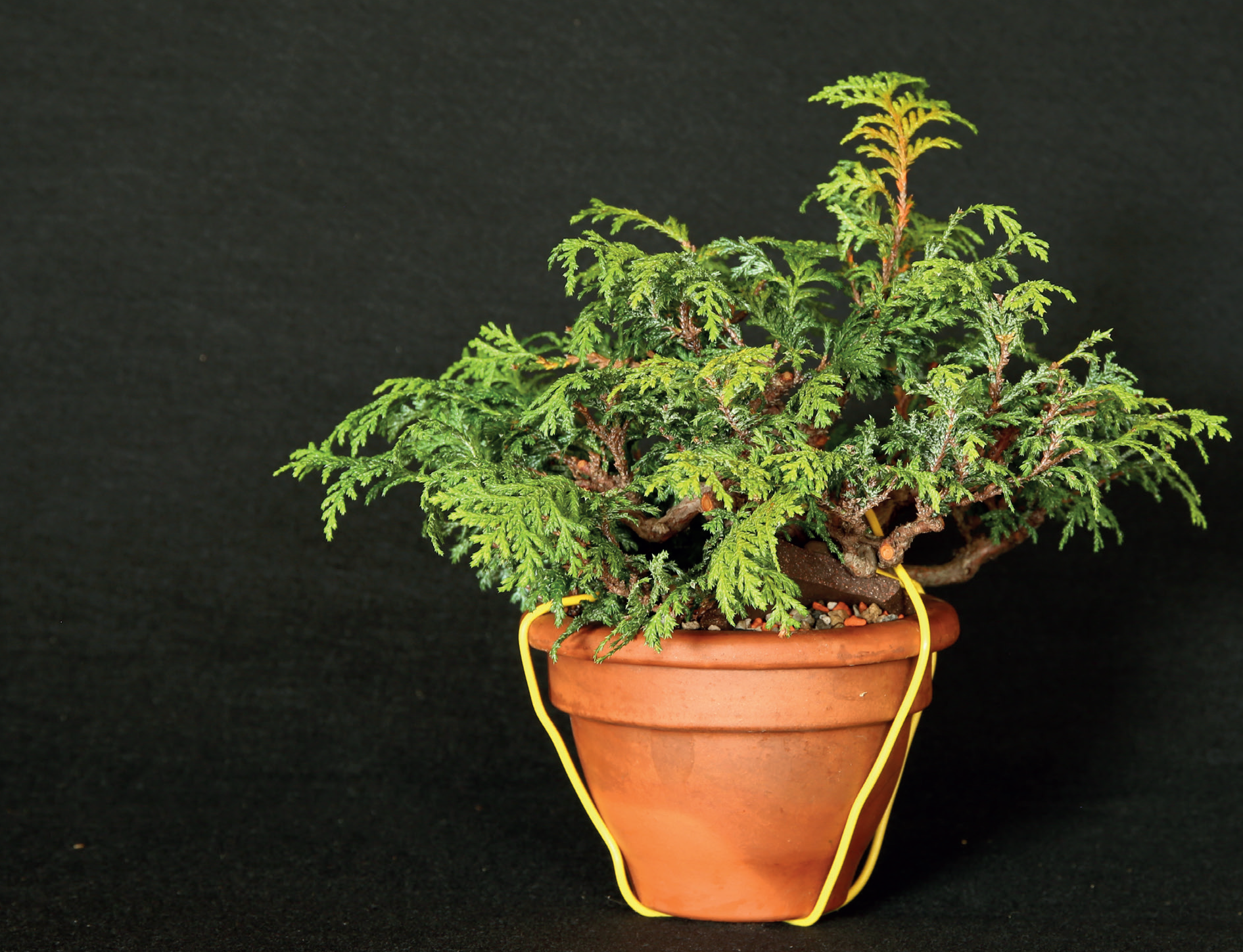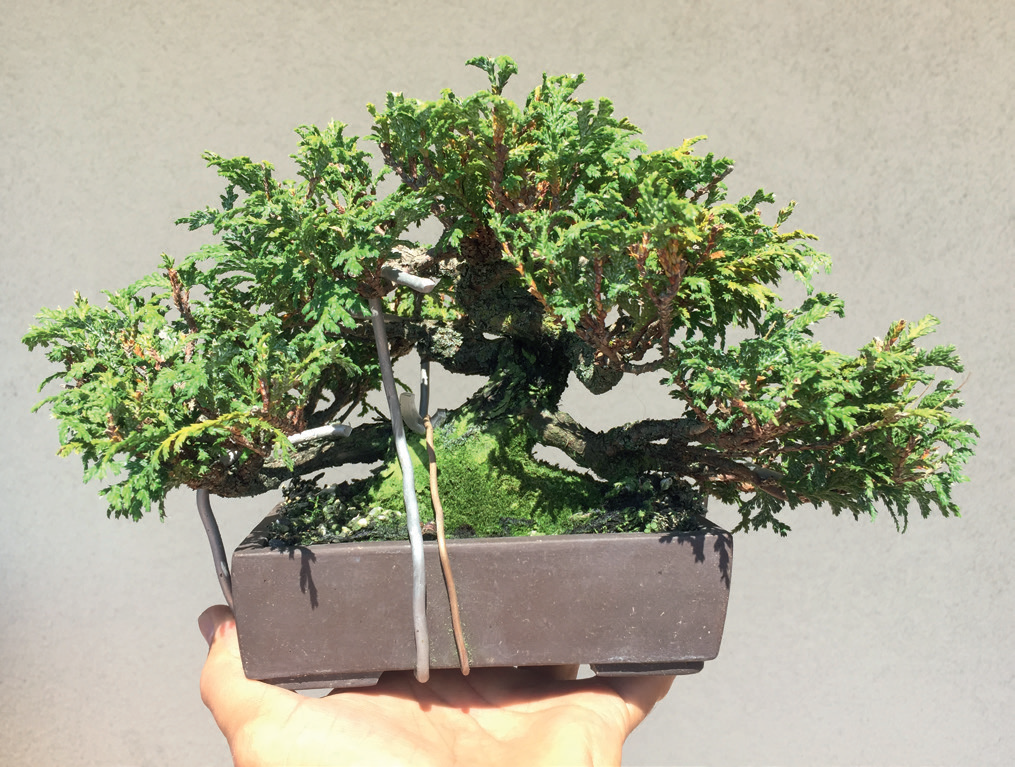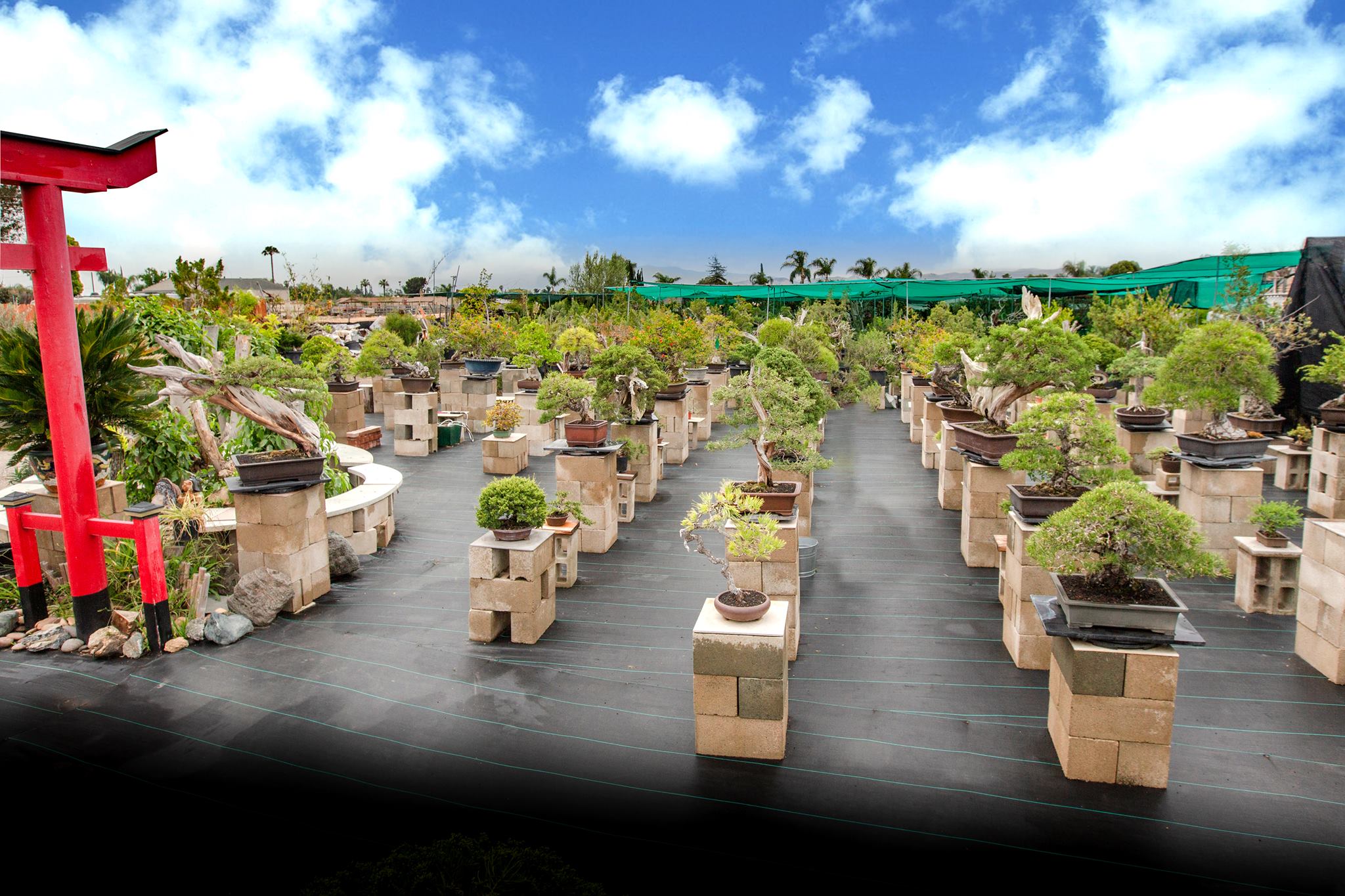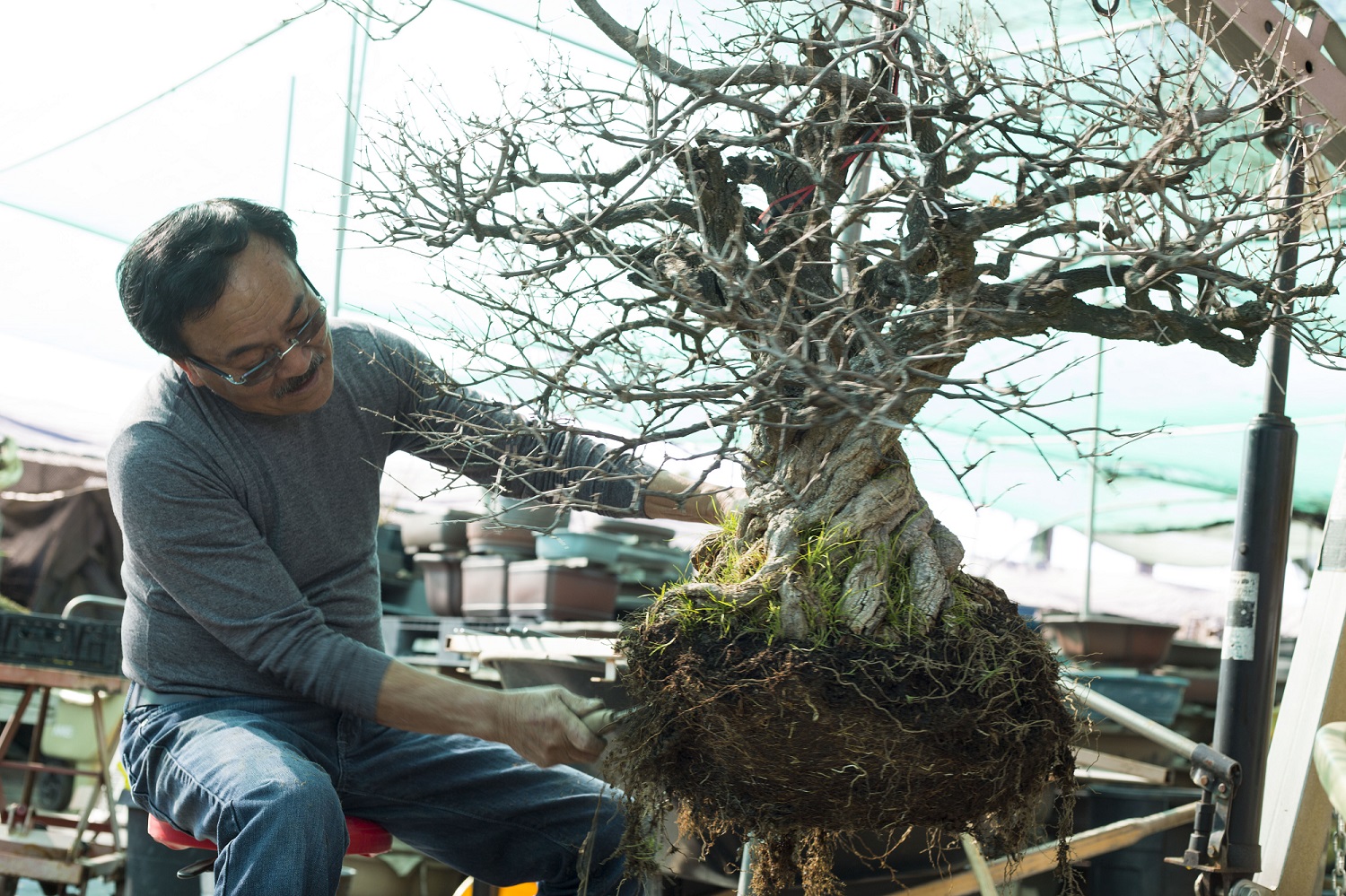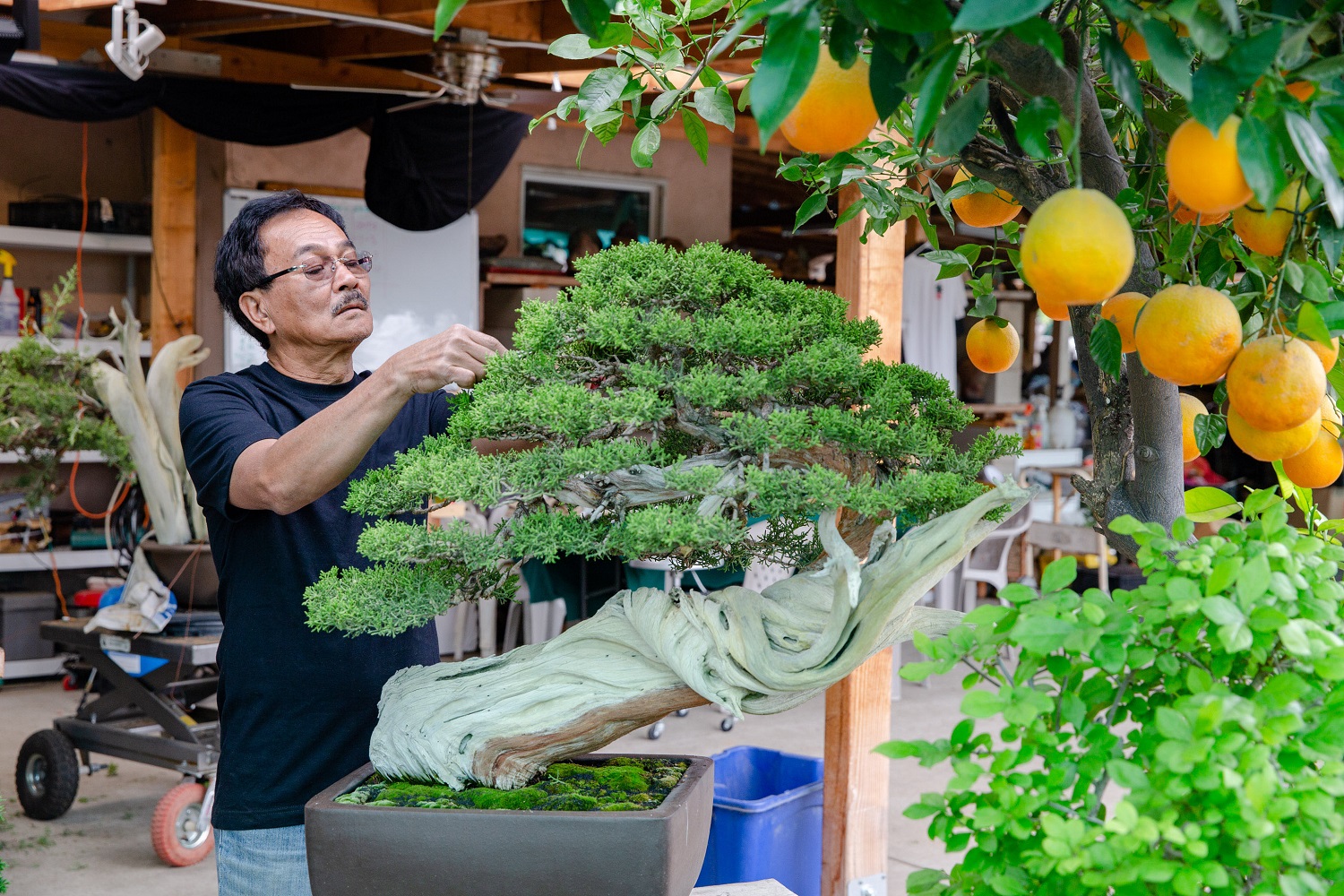BCI Gift Certificates - Subscription to Bonsai & Stone Appreciation Magazine |
|
|
|
A one-year membership includes 4 Online issues of BCI Bonsai & Stone Appreciation Magazine and access to all issues since 2011. Your recipient (s) will receive an email with three easy steps on how to redeem your gift!
|
Best of BCI 2015 |
|
|
|
50.00
*Free shipping in North America. International Shipping costs are extra.
|
Visit our Facebook Auction Group.
BCI Members and Friends,
Thank you to all of the donators and participants in our last BCI Auction in May. Each and every one of you was responsible for its great success!
We have decided to make the BCI Everything Auction an annual November fundraiser.
We do hope that everyone will help support BCI through their donations and their bids!
Like many organizations all over the world, we are still recovering from the impact of the pandemic and need to continue to fundraise, to be able to offer the high-quality magazine you expect every quarter.
So please donate and bid on these great items!
Frank Mihalic, BCI President
Members, all BCI friends, and the general public are welcome to join
Everything Bonsai Auction Group on Facebook.
Last auction we had over 100 unique bonsai-related items from 40+ donors.
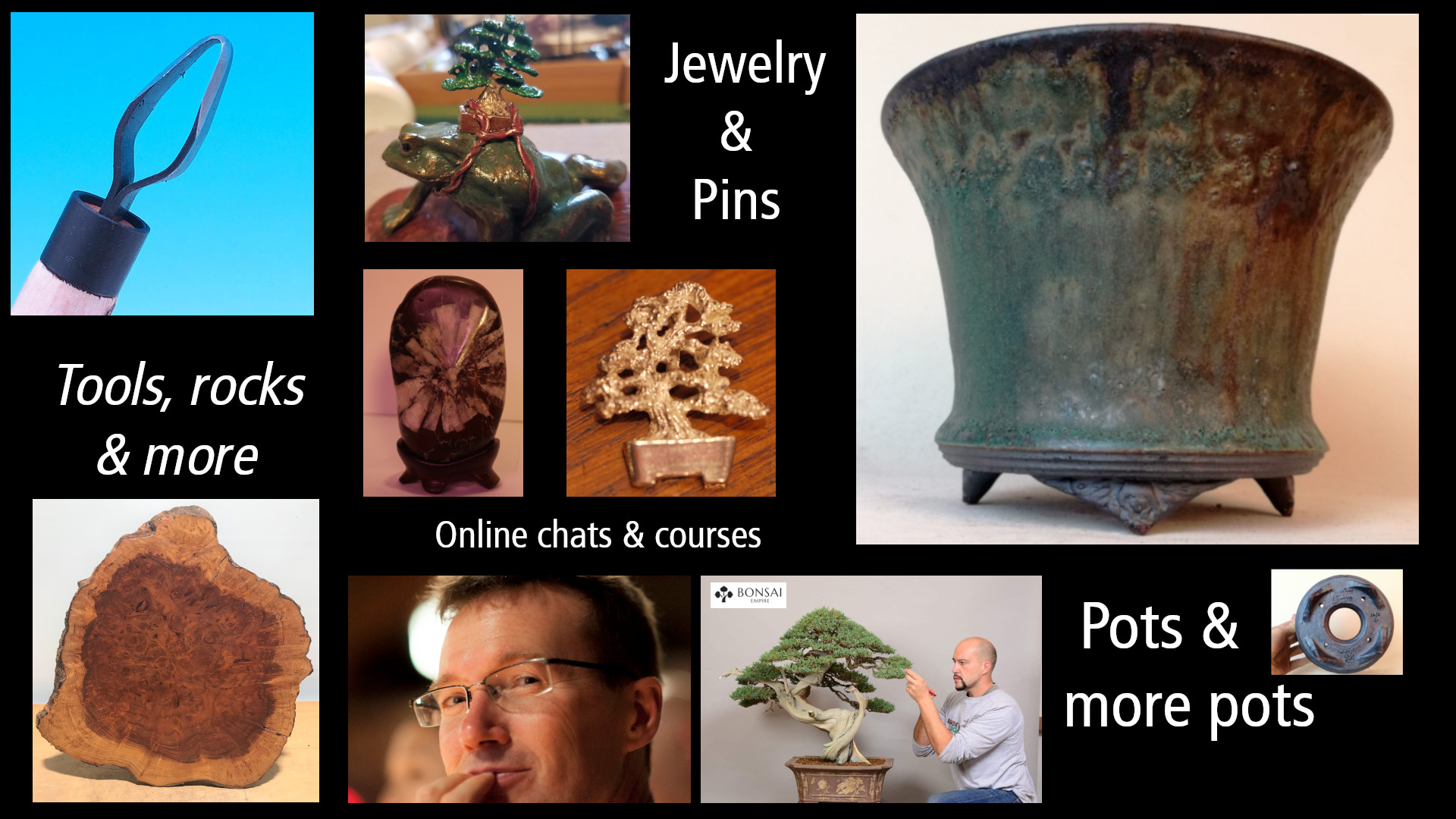
Is it time to clean out your closet? Donate here.
We are accepting donations until November 12th
Important Dates:
Our next auction starts on November 19 at 00:00 UTC and ends on November 26 at 23:00 UTC.
(To find out the time in your time zone, visit https://dayspedia.com/time/
Enter your location to find out when the auction starts in your area or use this guide.)
Contact BCI Office with questions about the Online Auction.
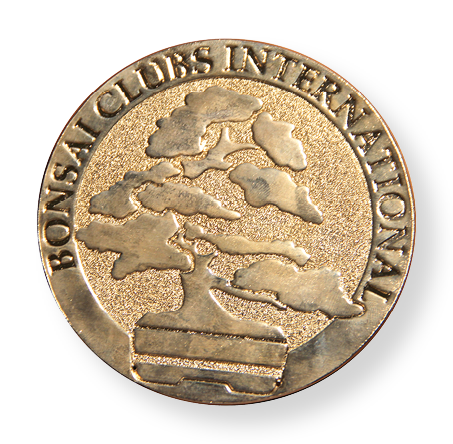
Contest Details
Entries will be accepted until Decemember 31, 2021.
Winner will recieve a BCI Excellence Medal and BCI Excellence Certificate.
Subjects for videos suitable for BCI members
Beginners how-to for bonsai and stones.
Advanced techniques for bonsai and stones.
Endemic species or types of stones to that particular country or region.
Photo-essay on before-and-after process of making a bonsai or presenting a stone.
Collector’s bonsai studio or stone collection.
Bonsai and Stone exhibits around the world.
Critiques of exhibits.
Tours of gardens and museums that are bonsai and stone related.
Videos of demonstrations at conventions by Bonsai artists.
![]()
Guidelines for Videos
High definition MP4 is a prerequisite.
Authors must have copyright to video and audio.
Sharing videos already available on social media must have prior consent from the author.
1 minute to a maximum of 20 minutes in length.
Sub-titles in English.
Videos to provide information and education.
Suitability of videos to be determined by Education Committee.

